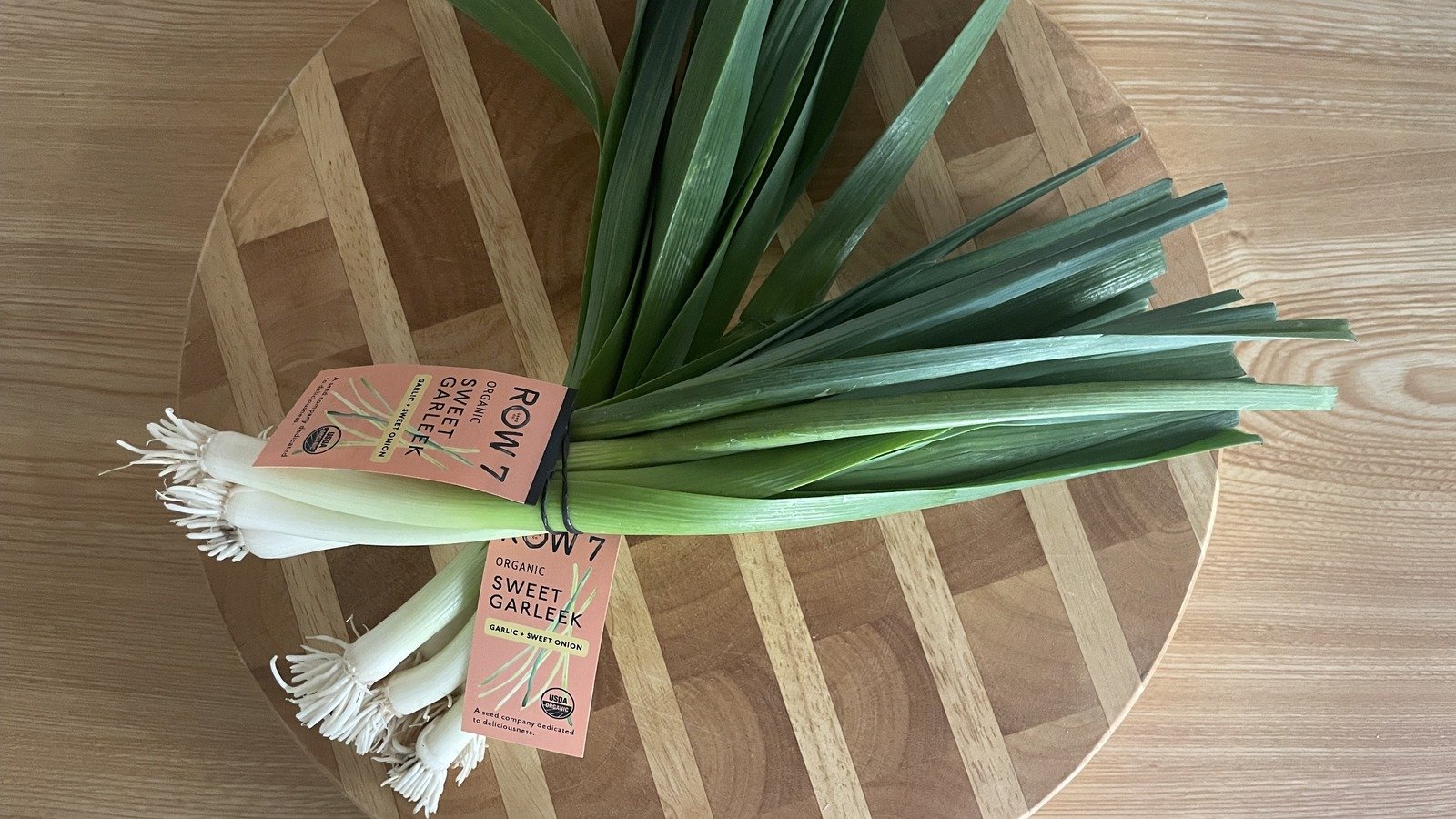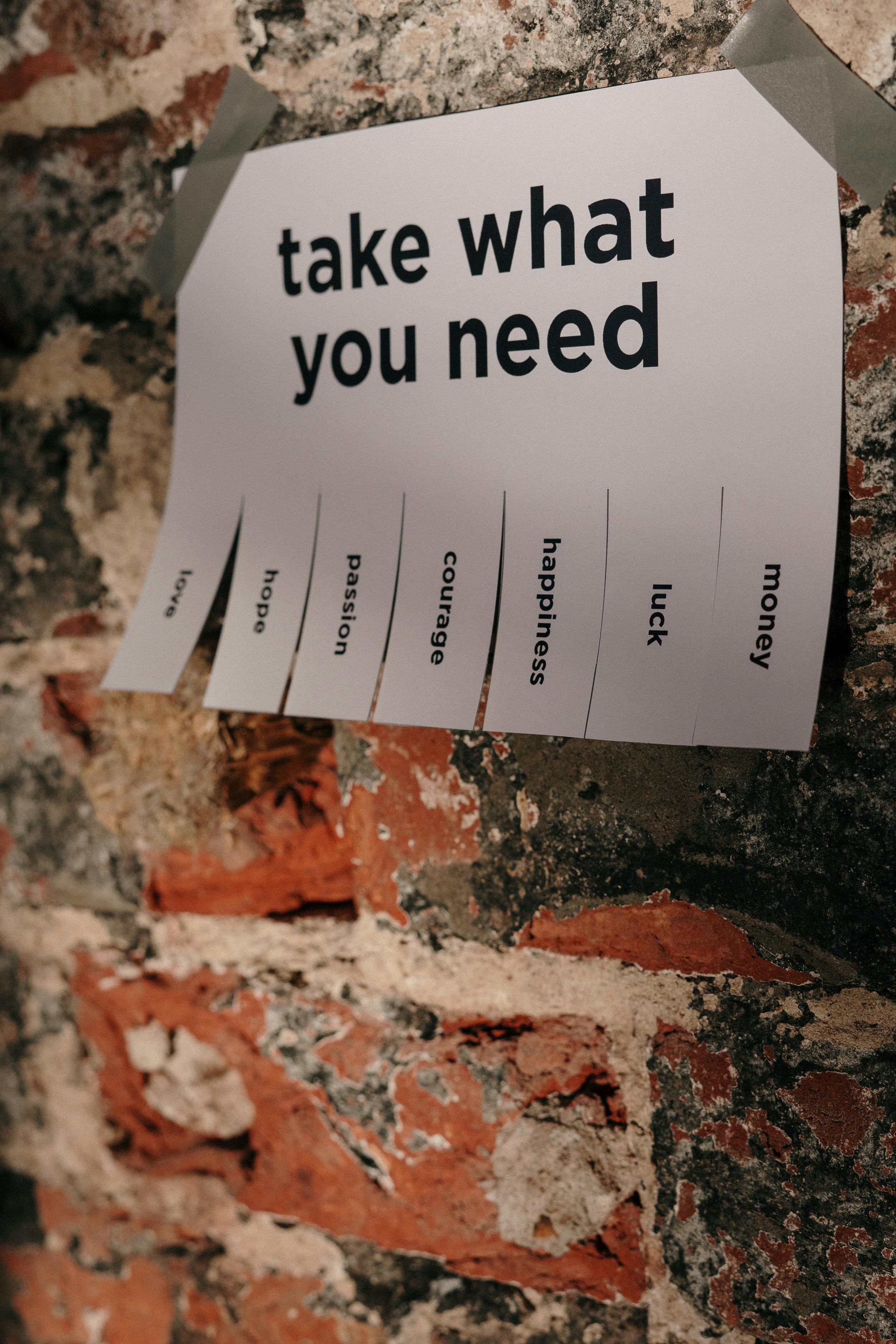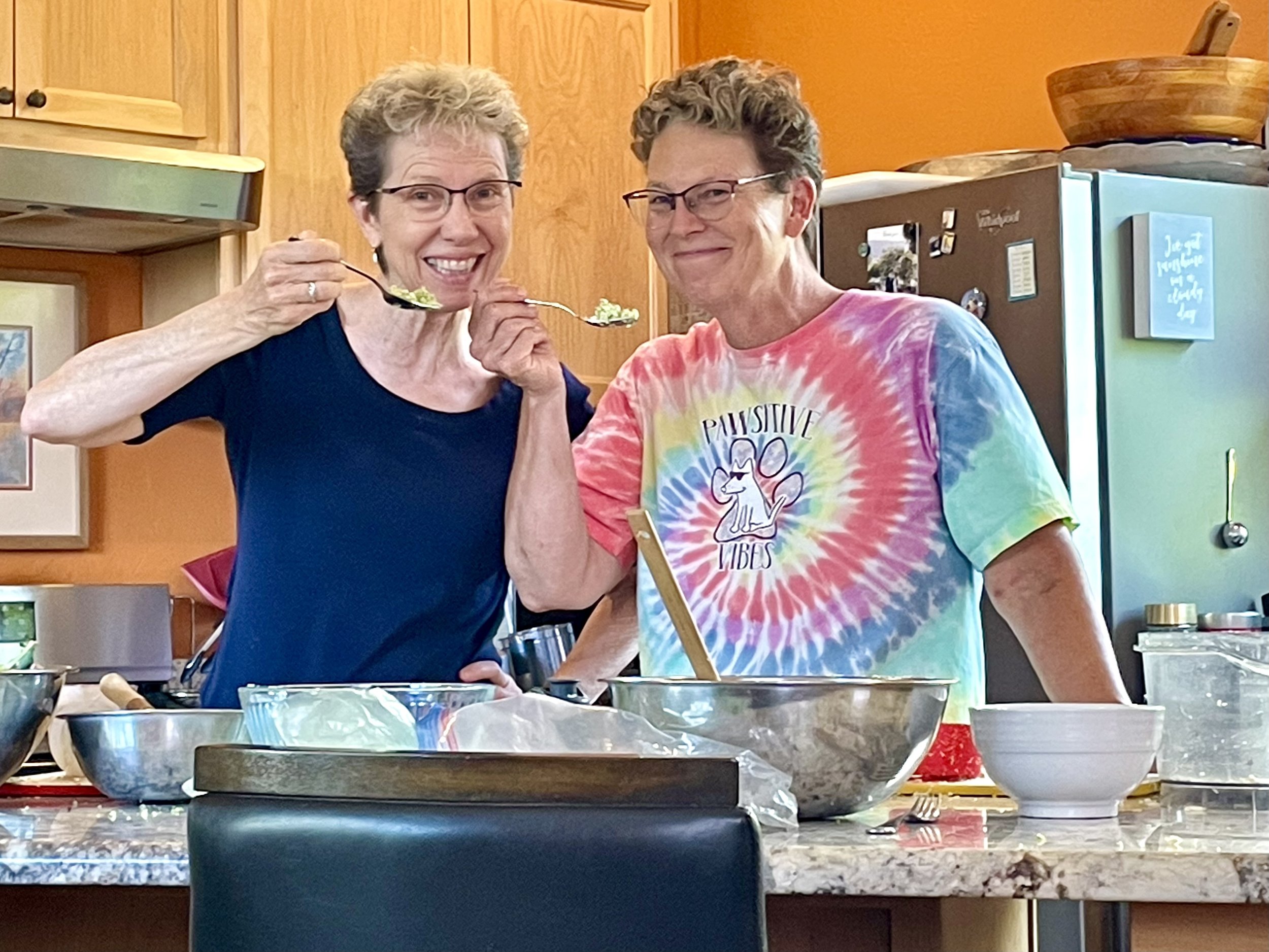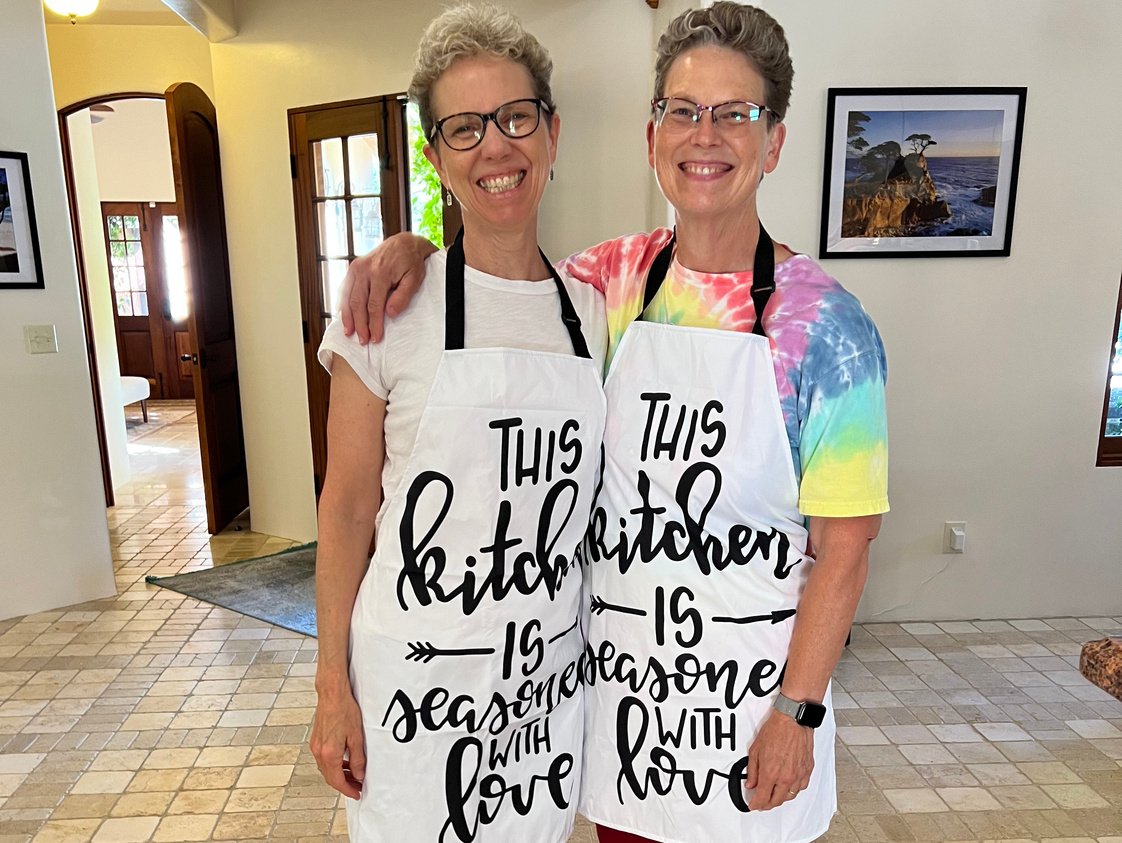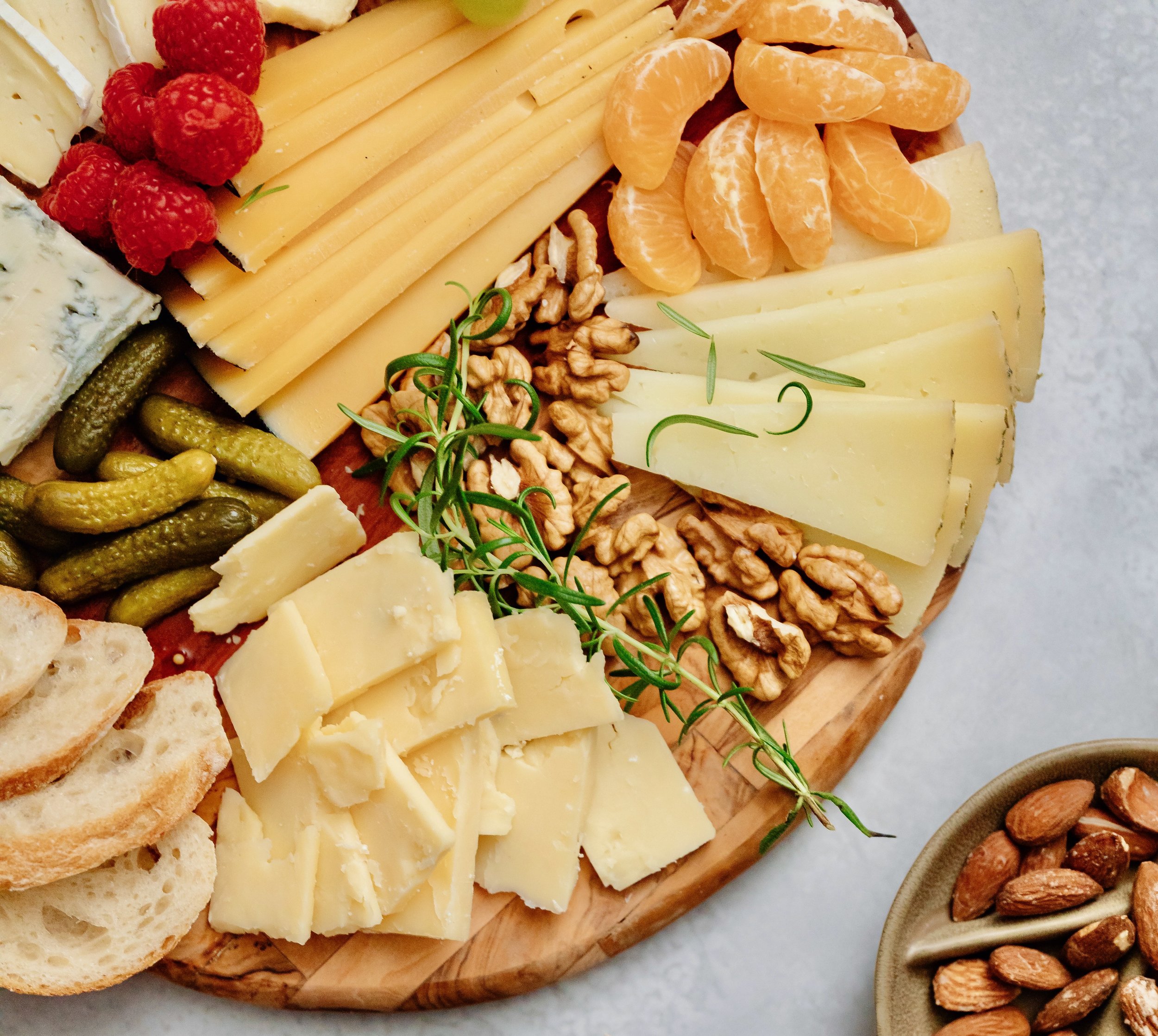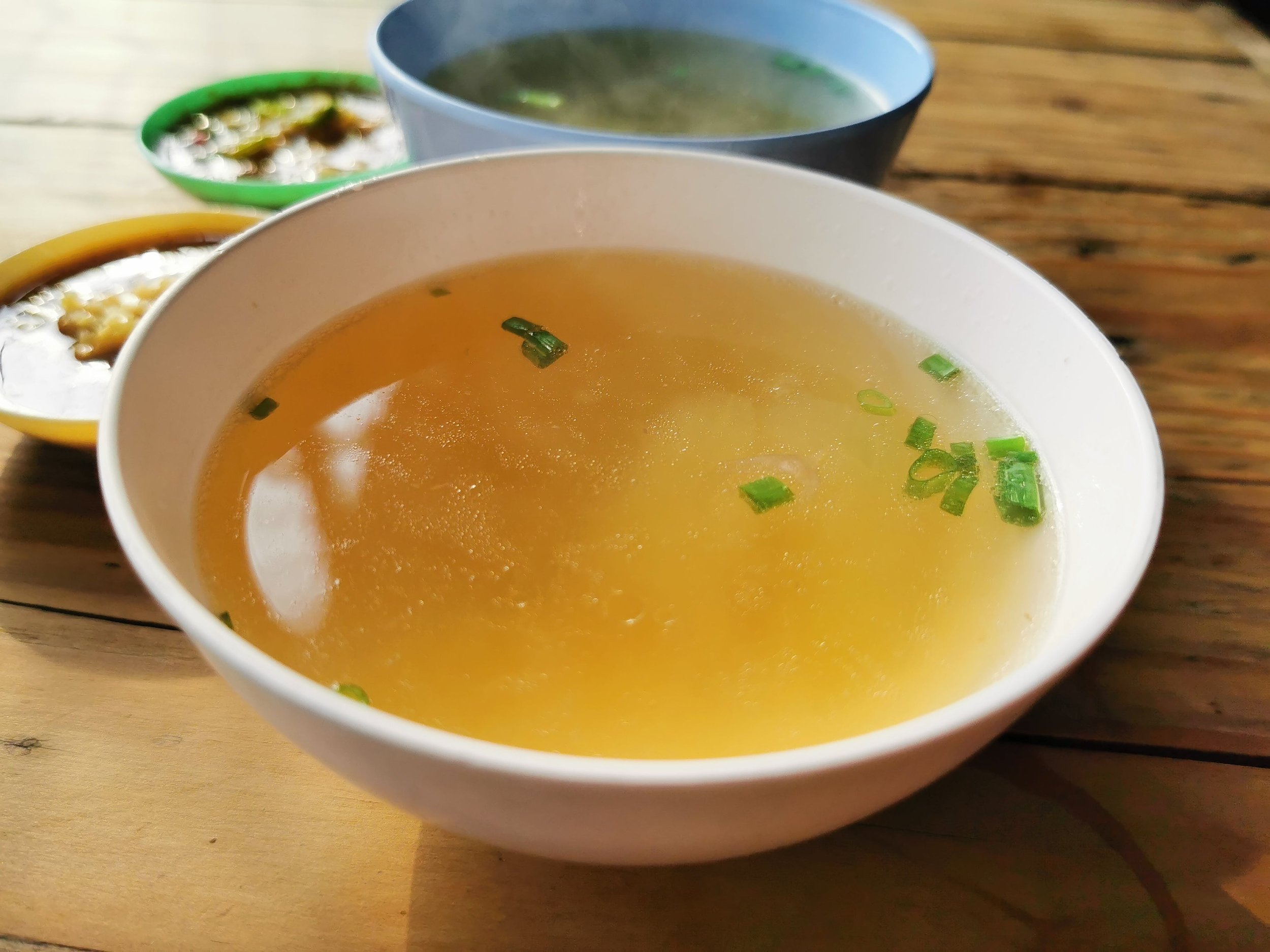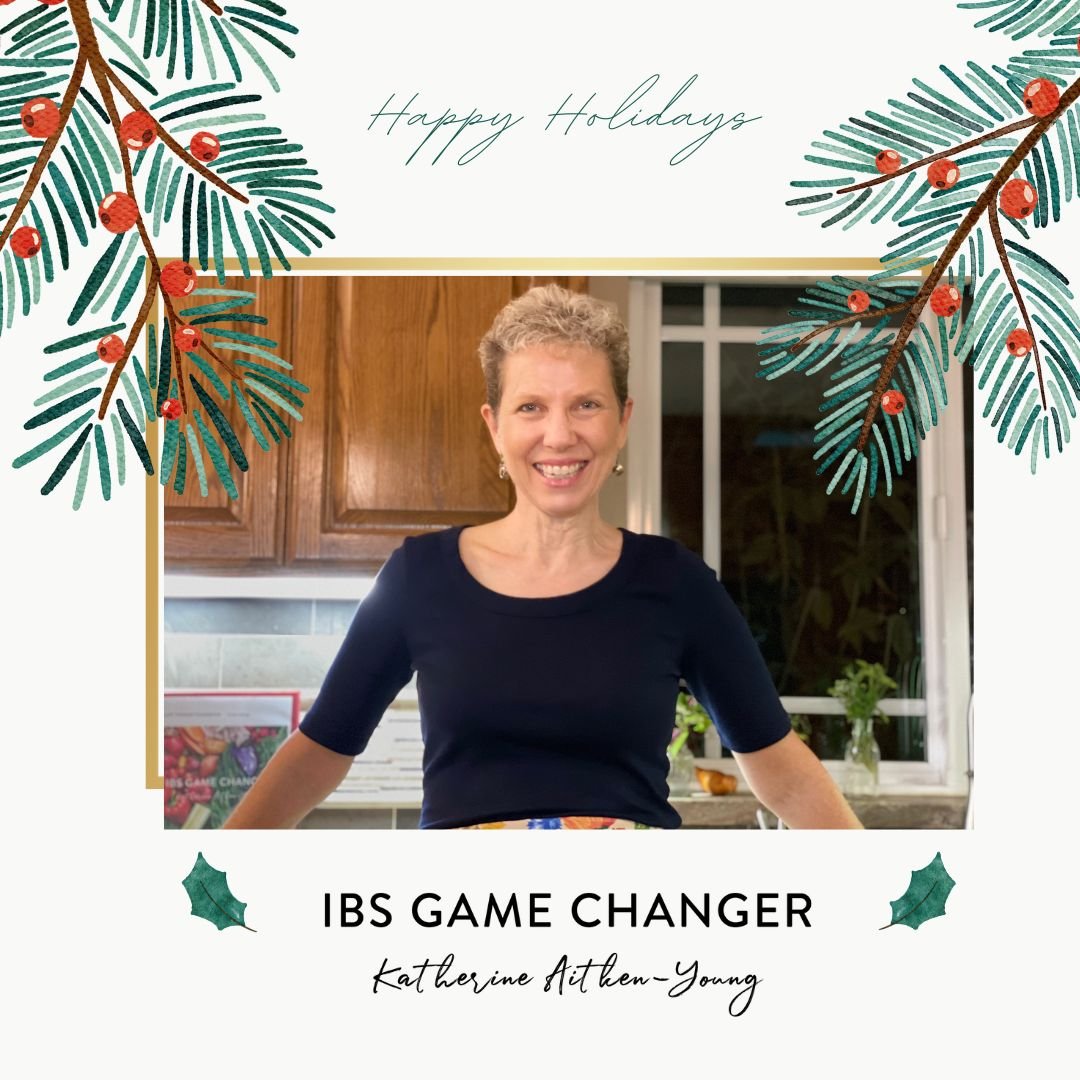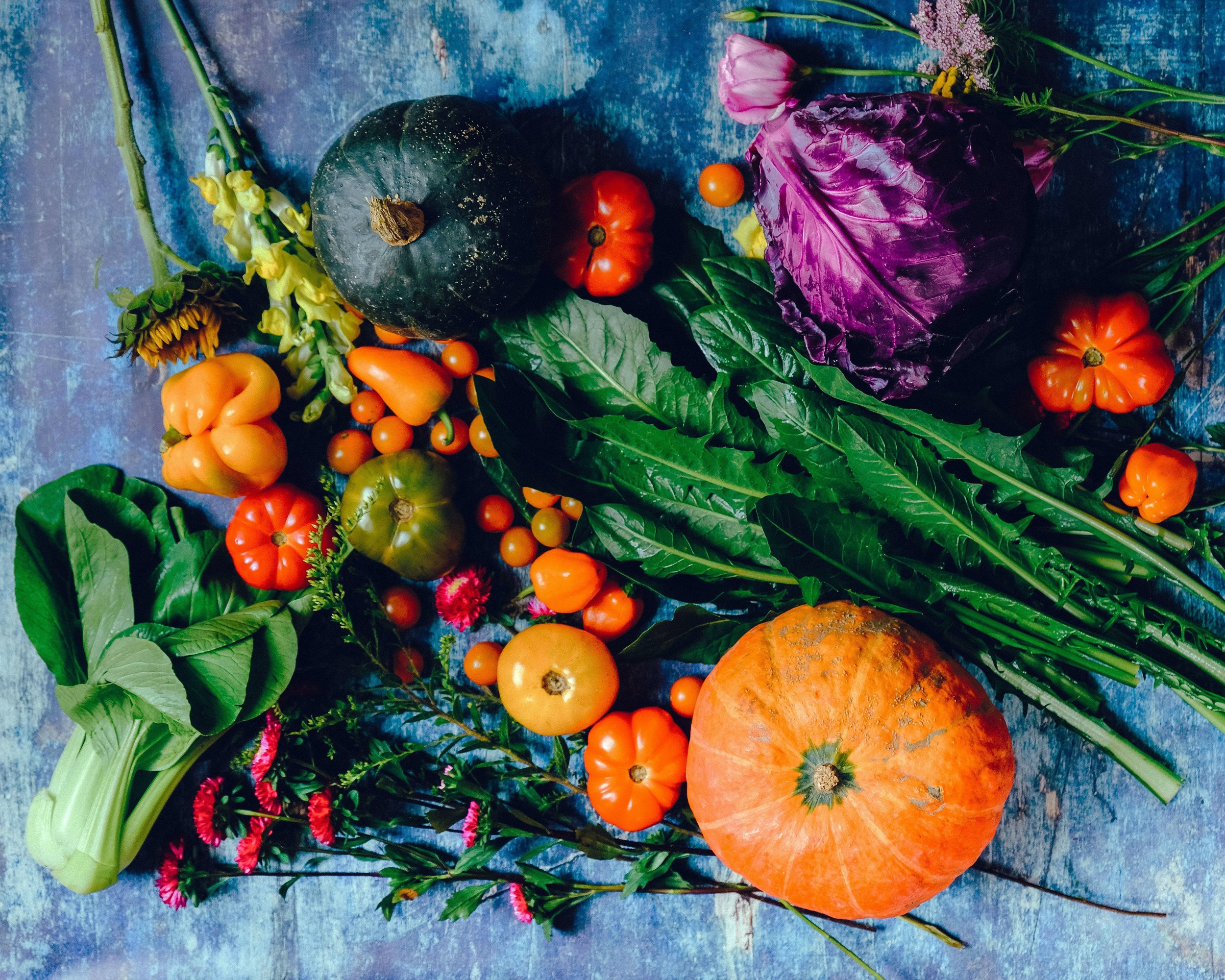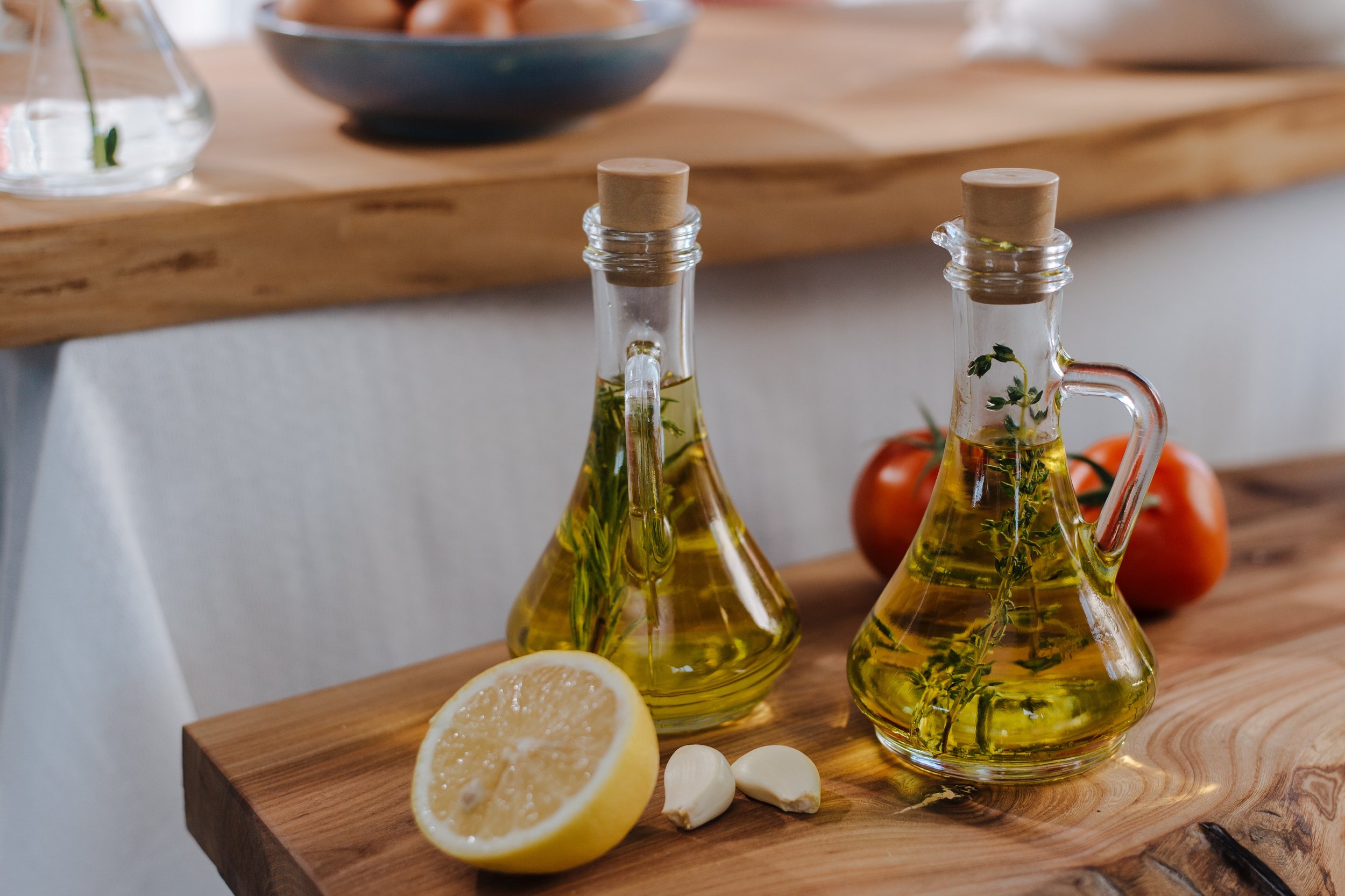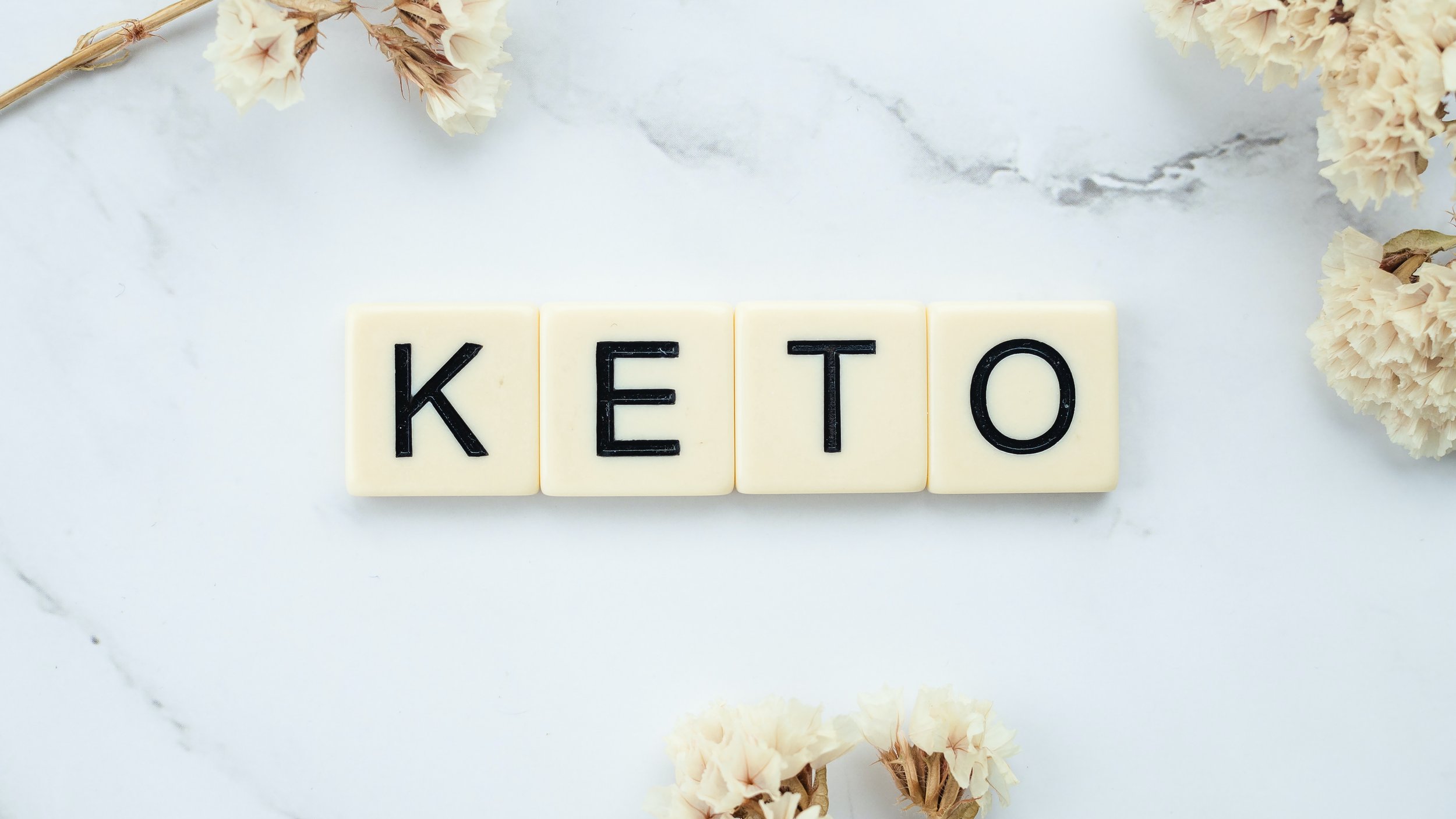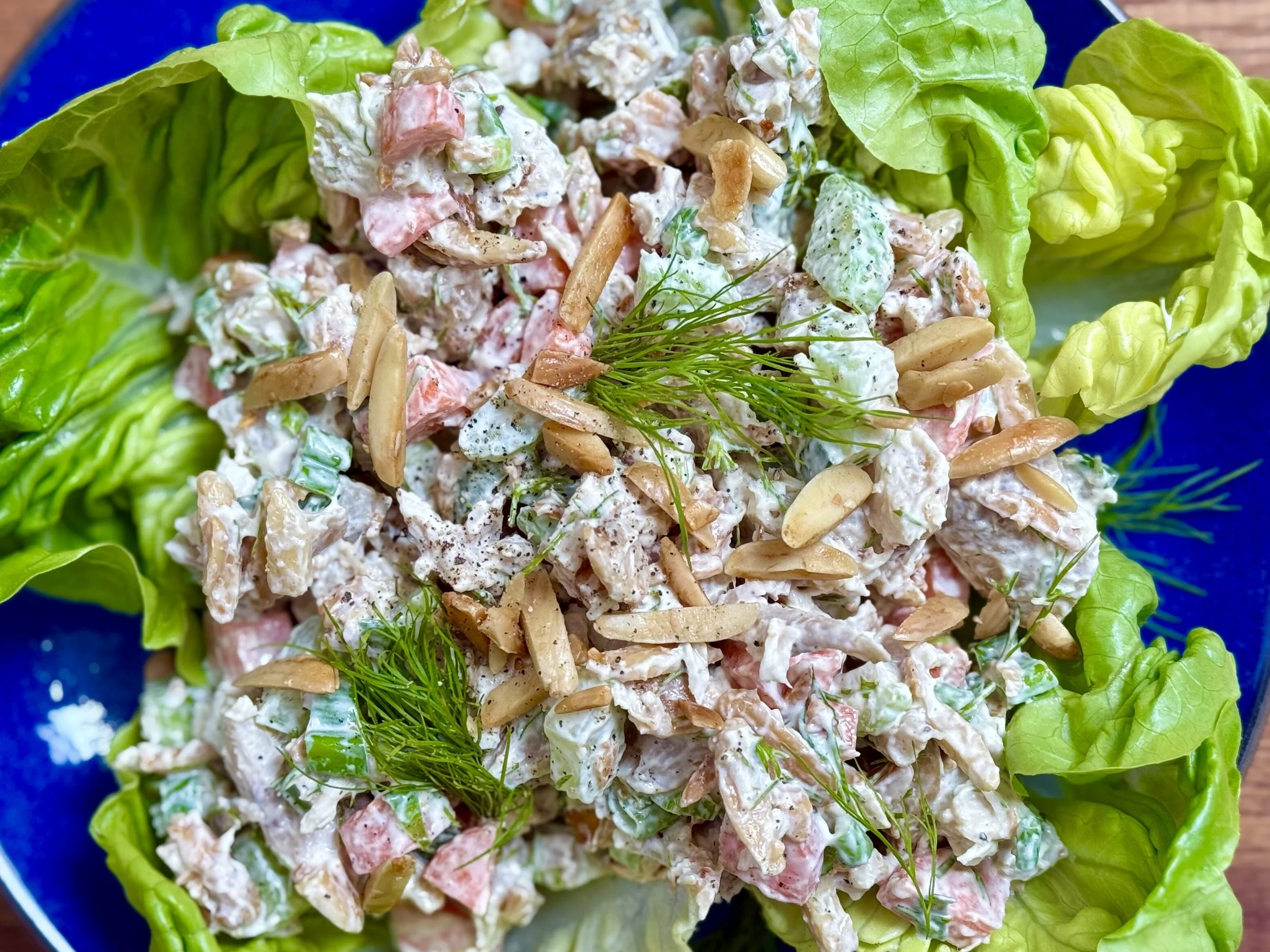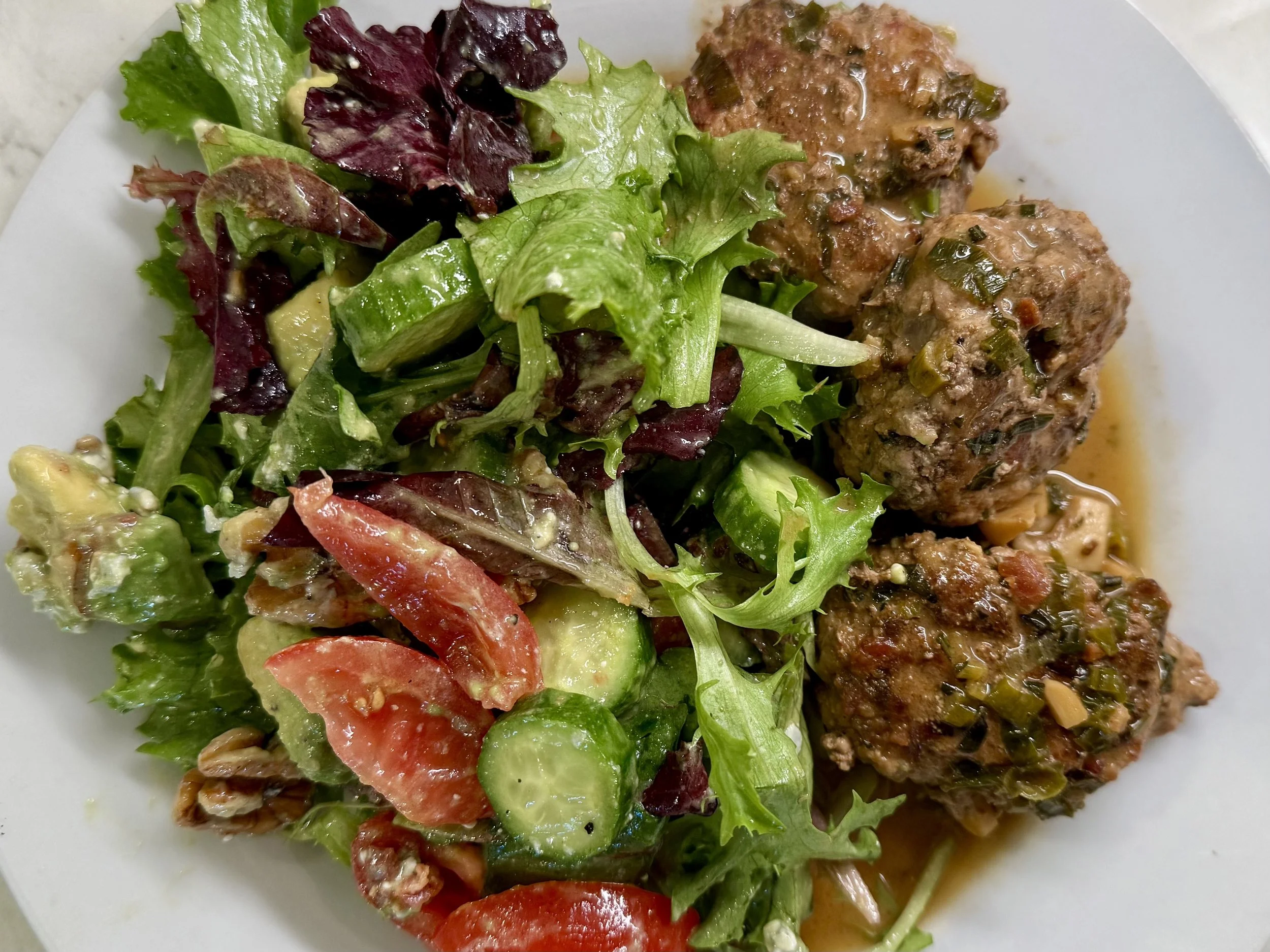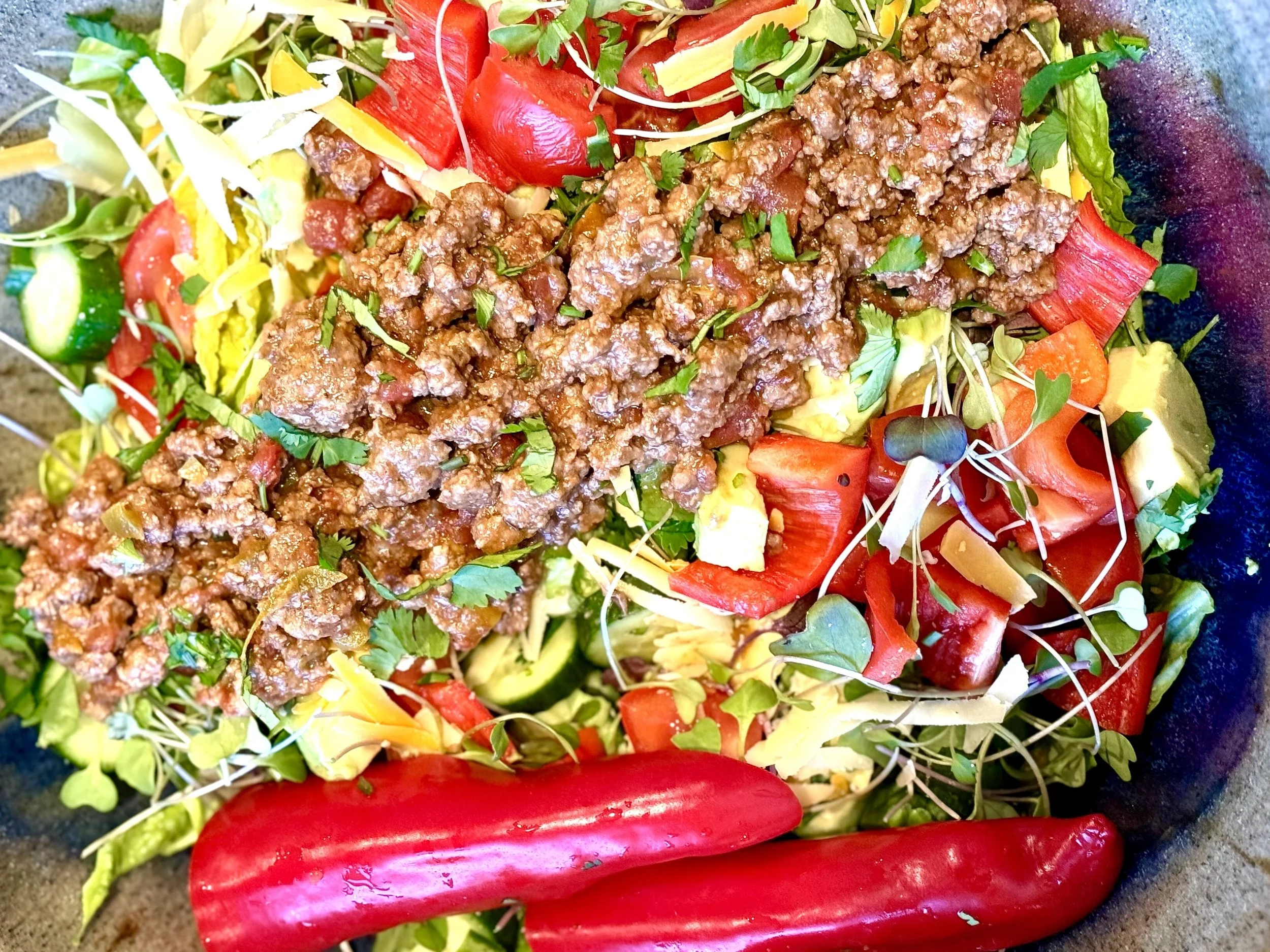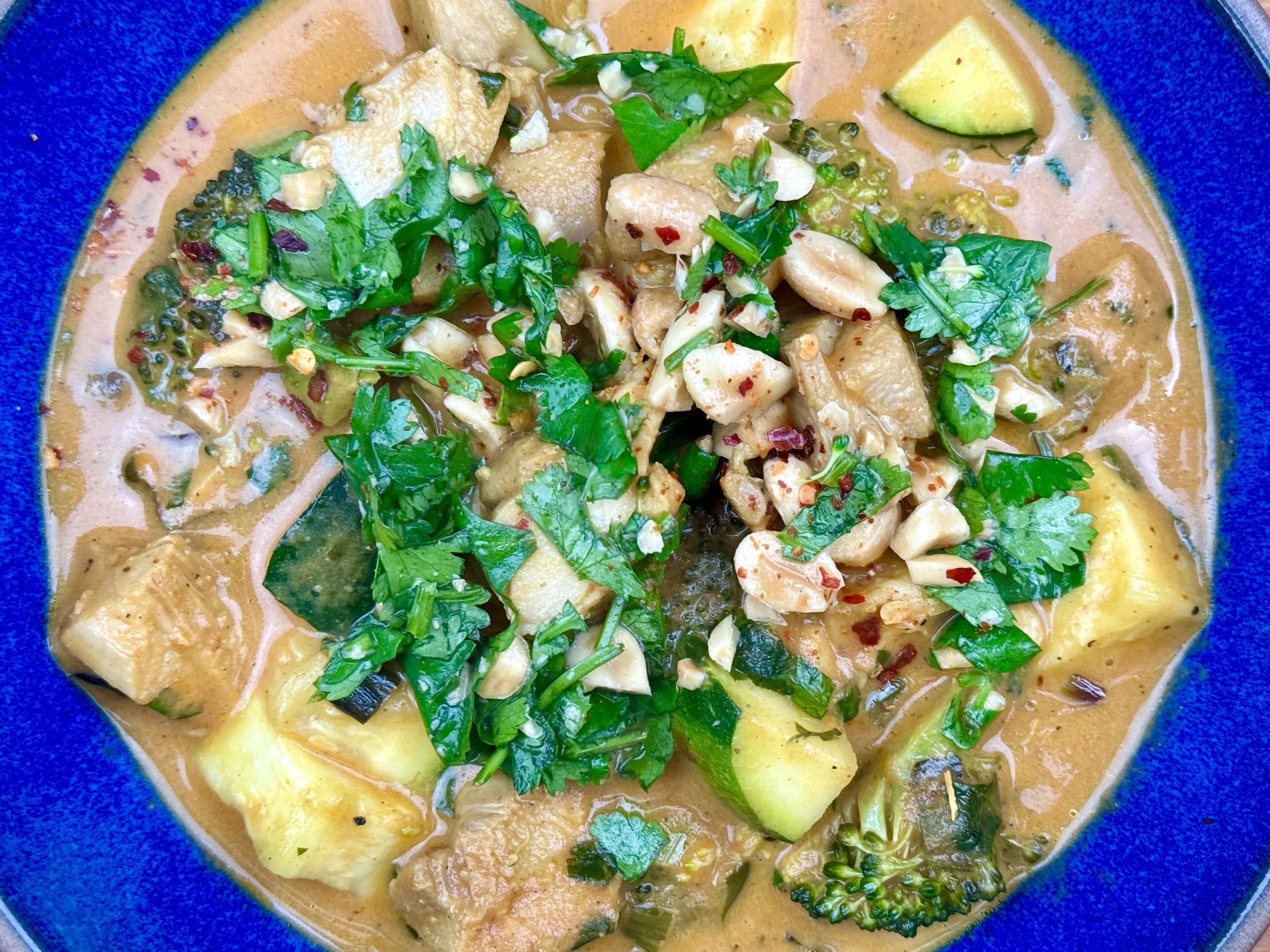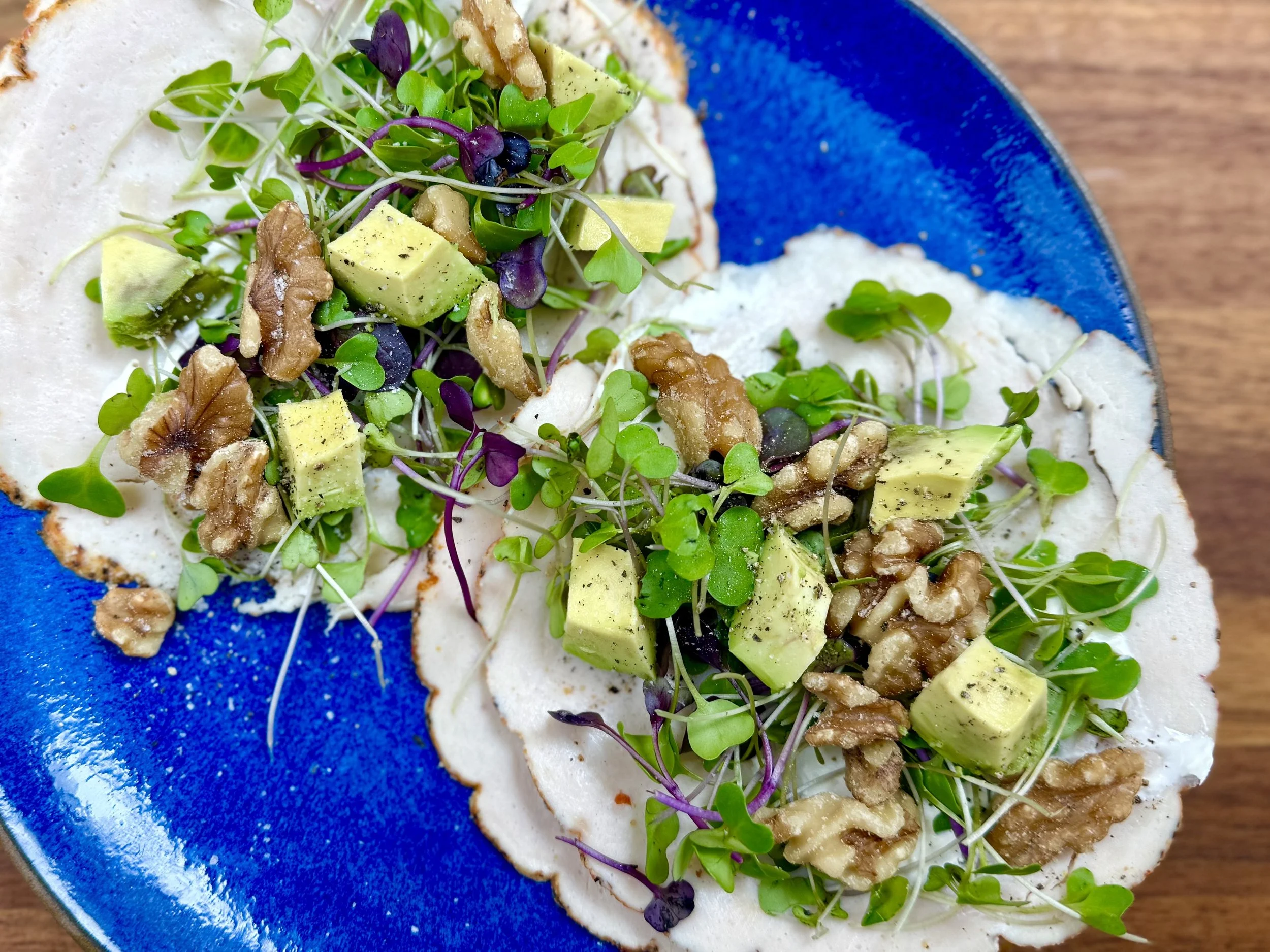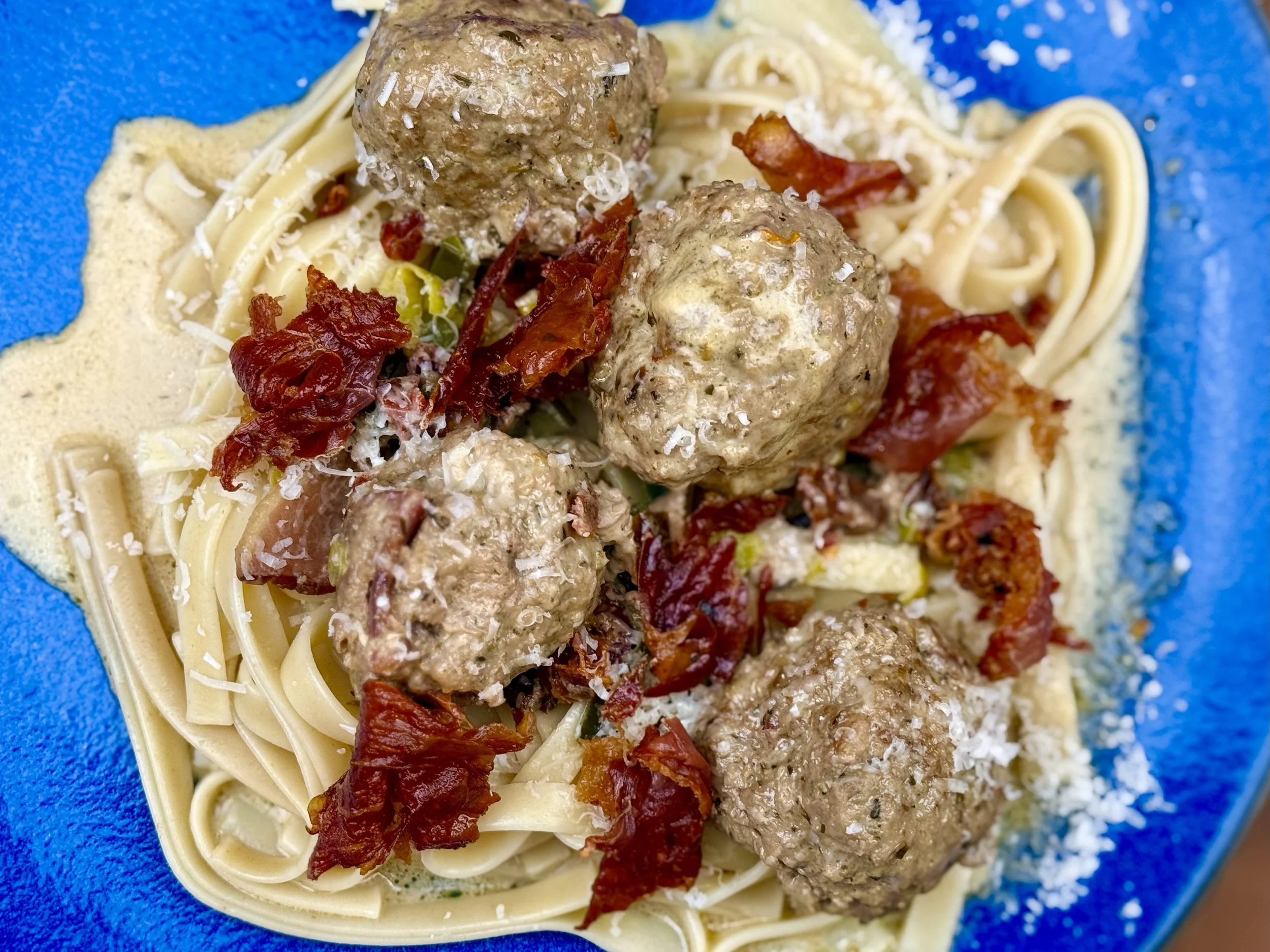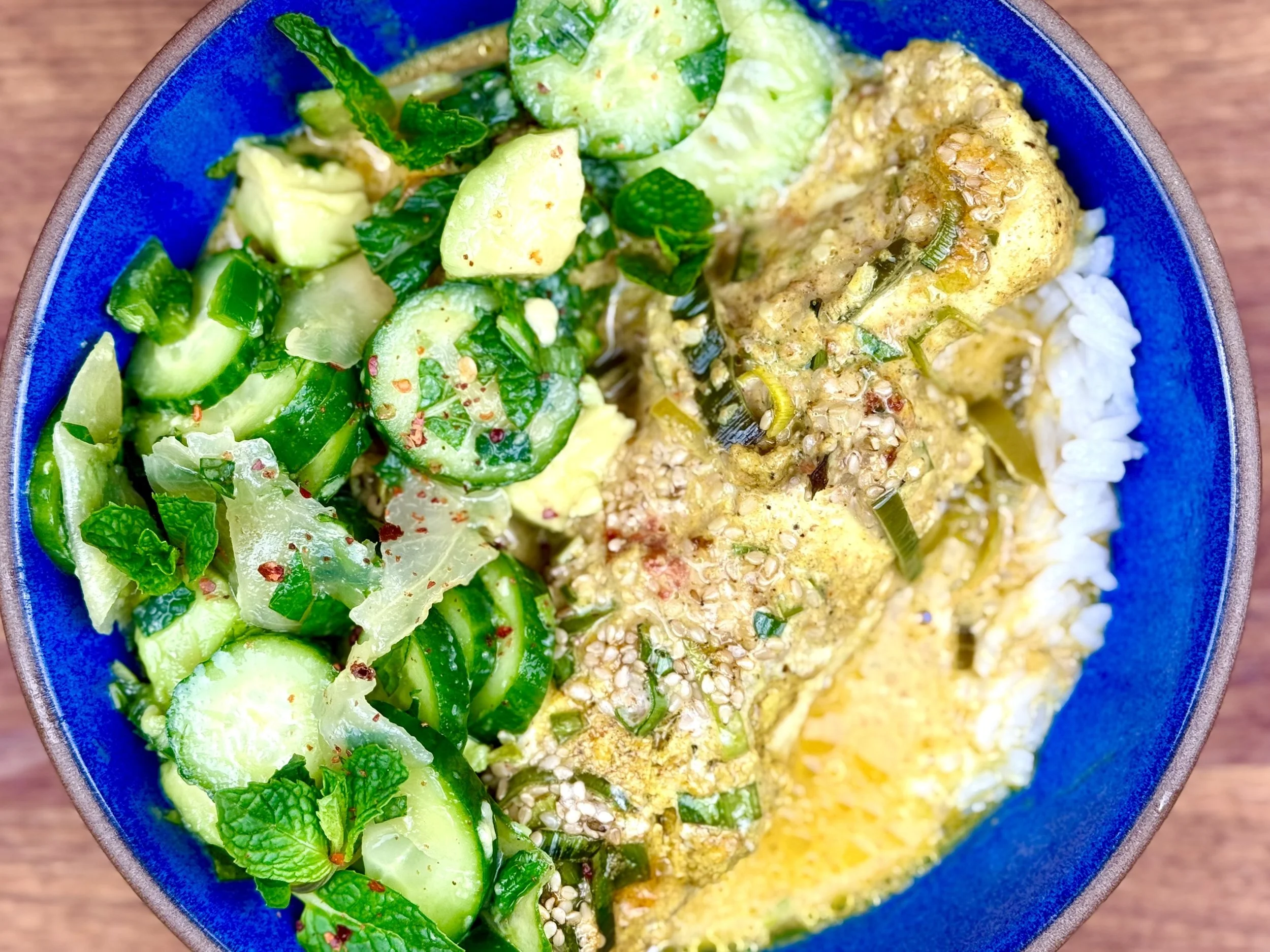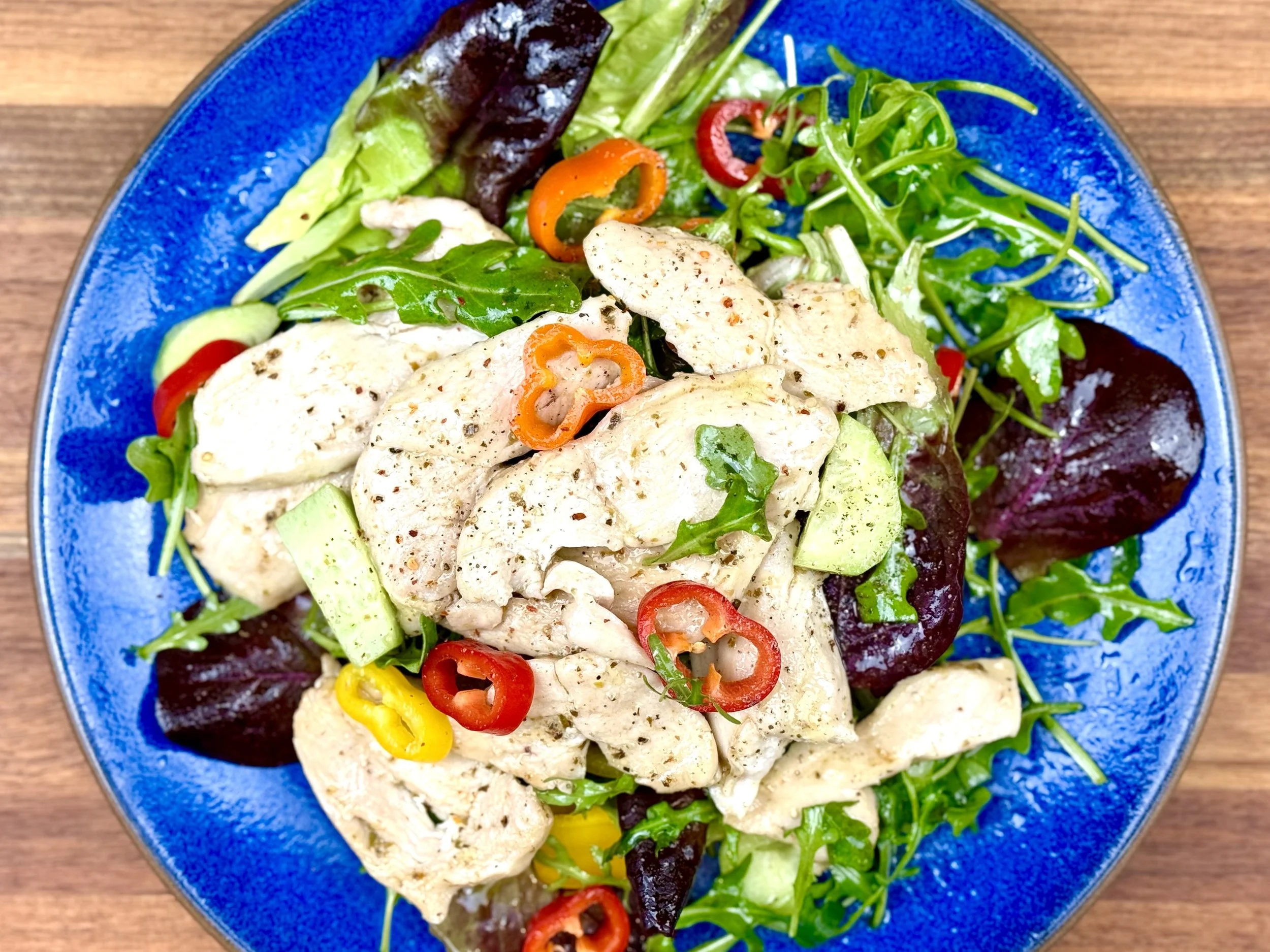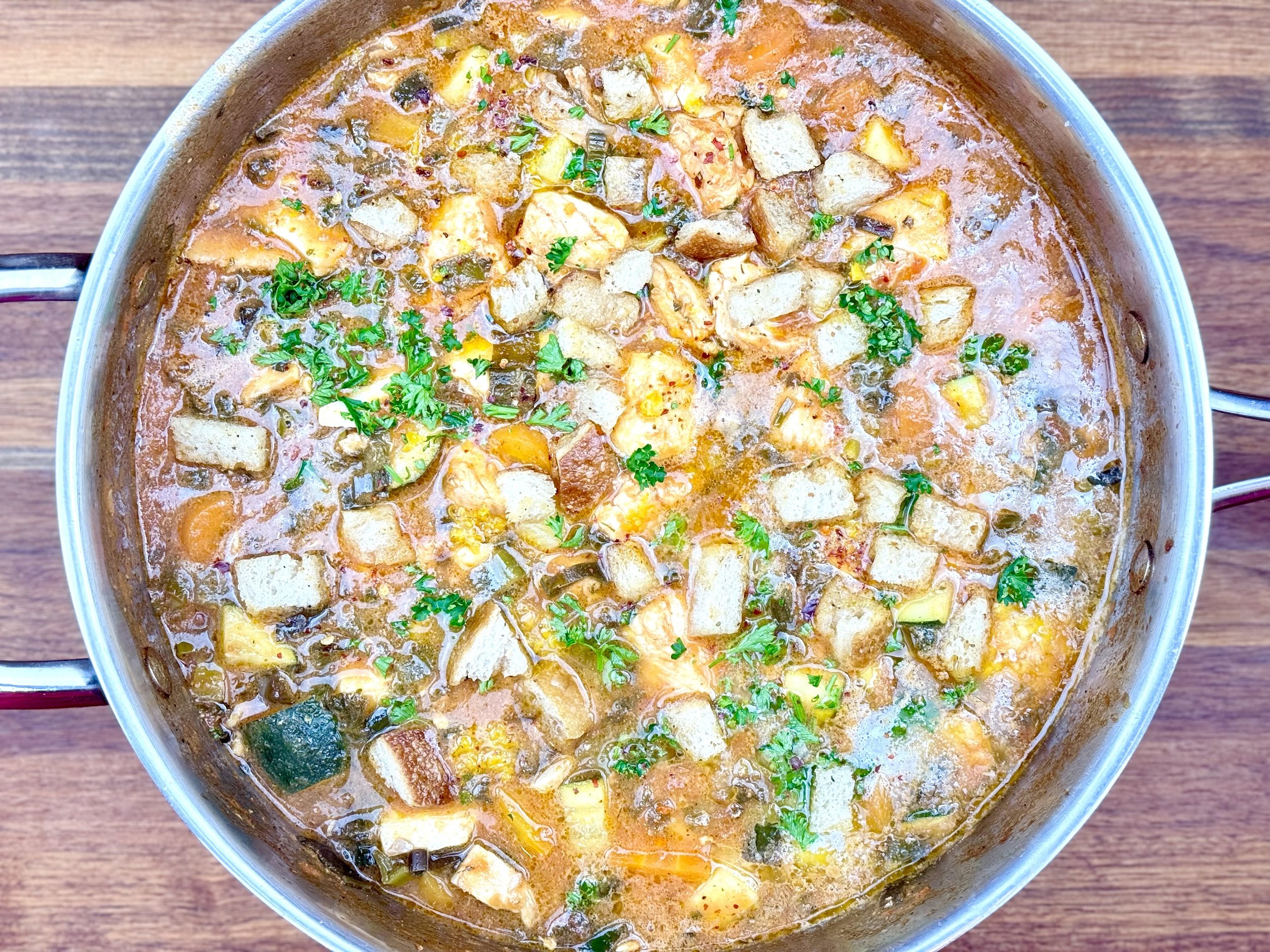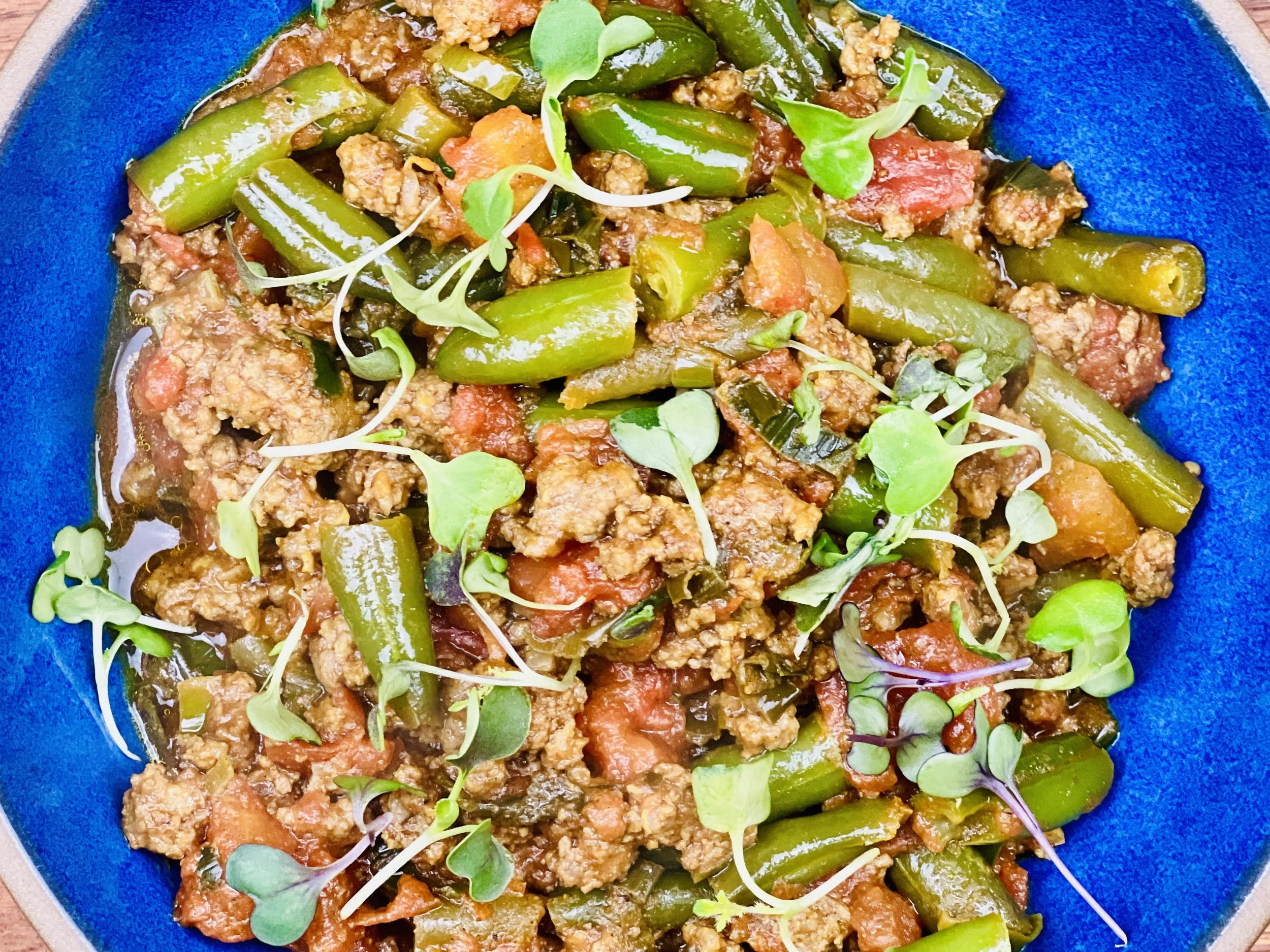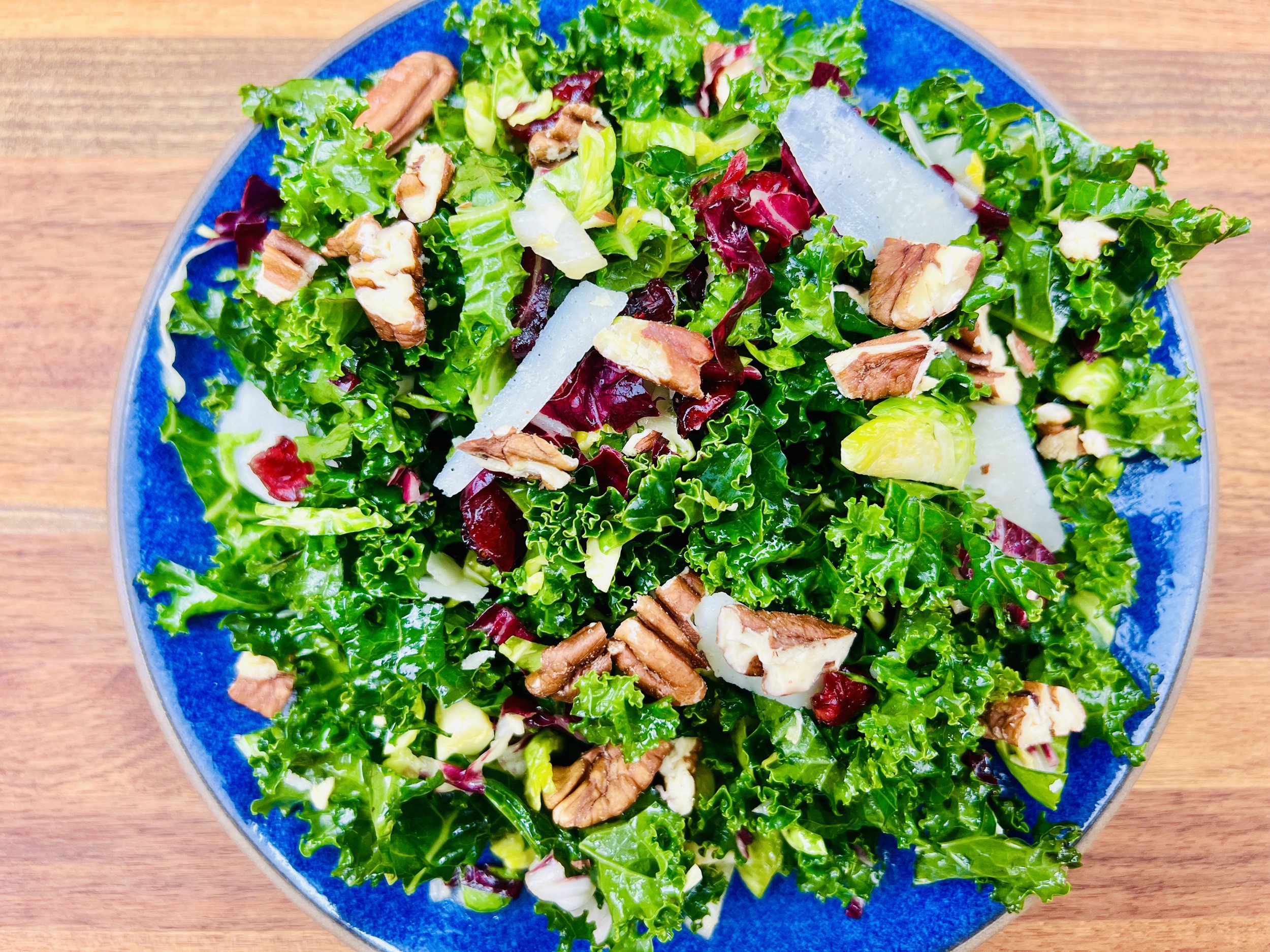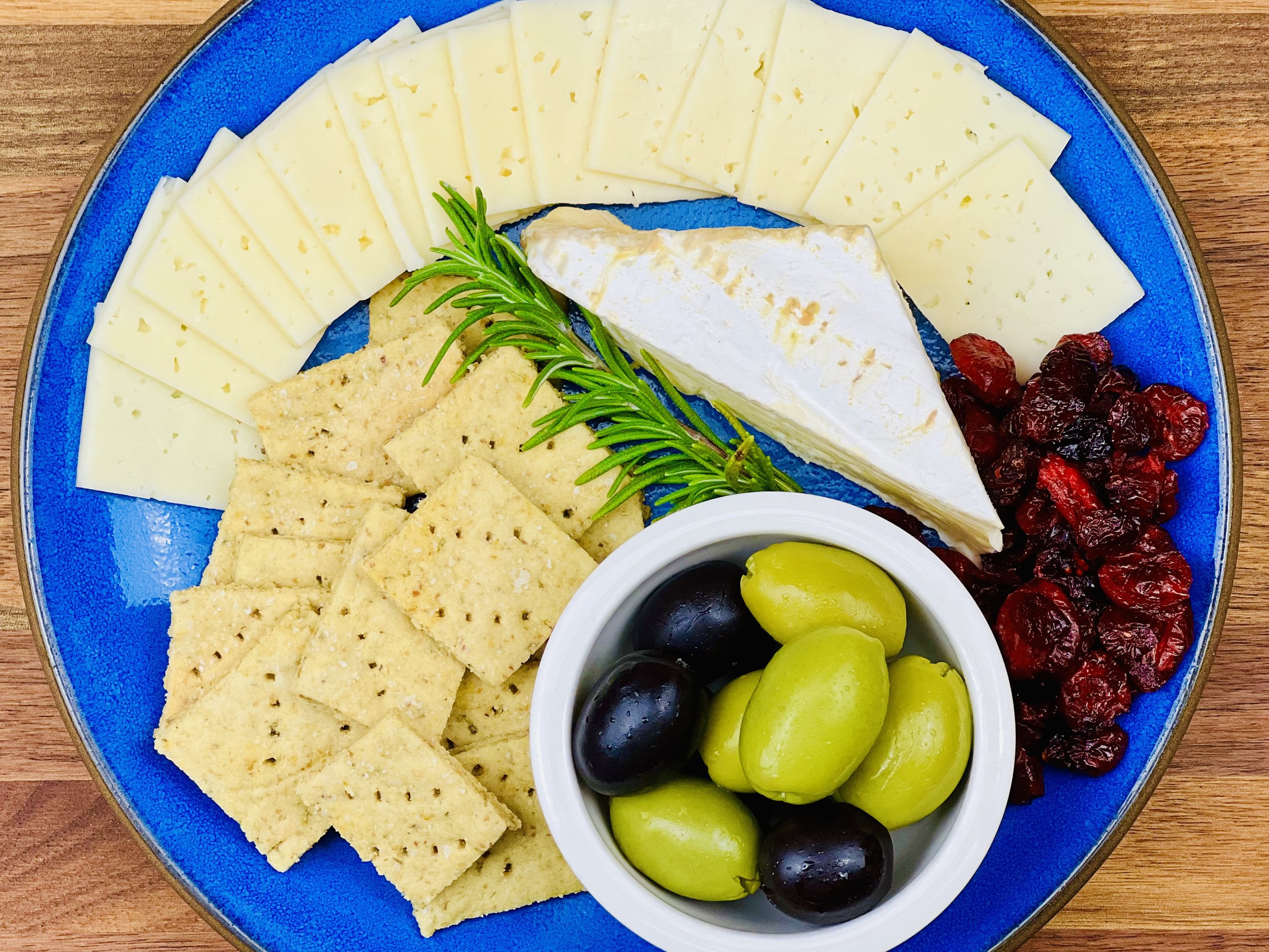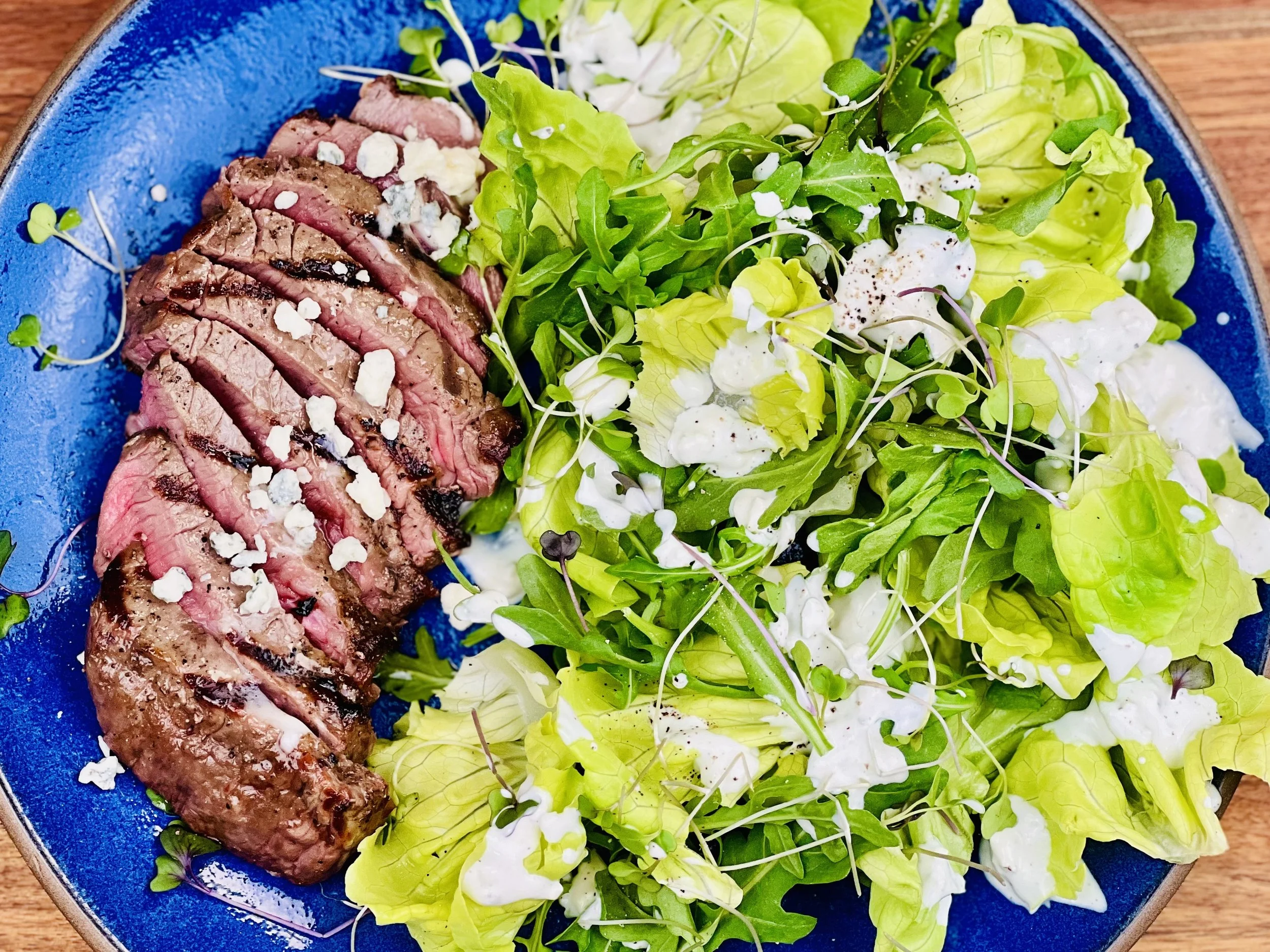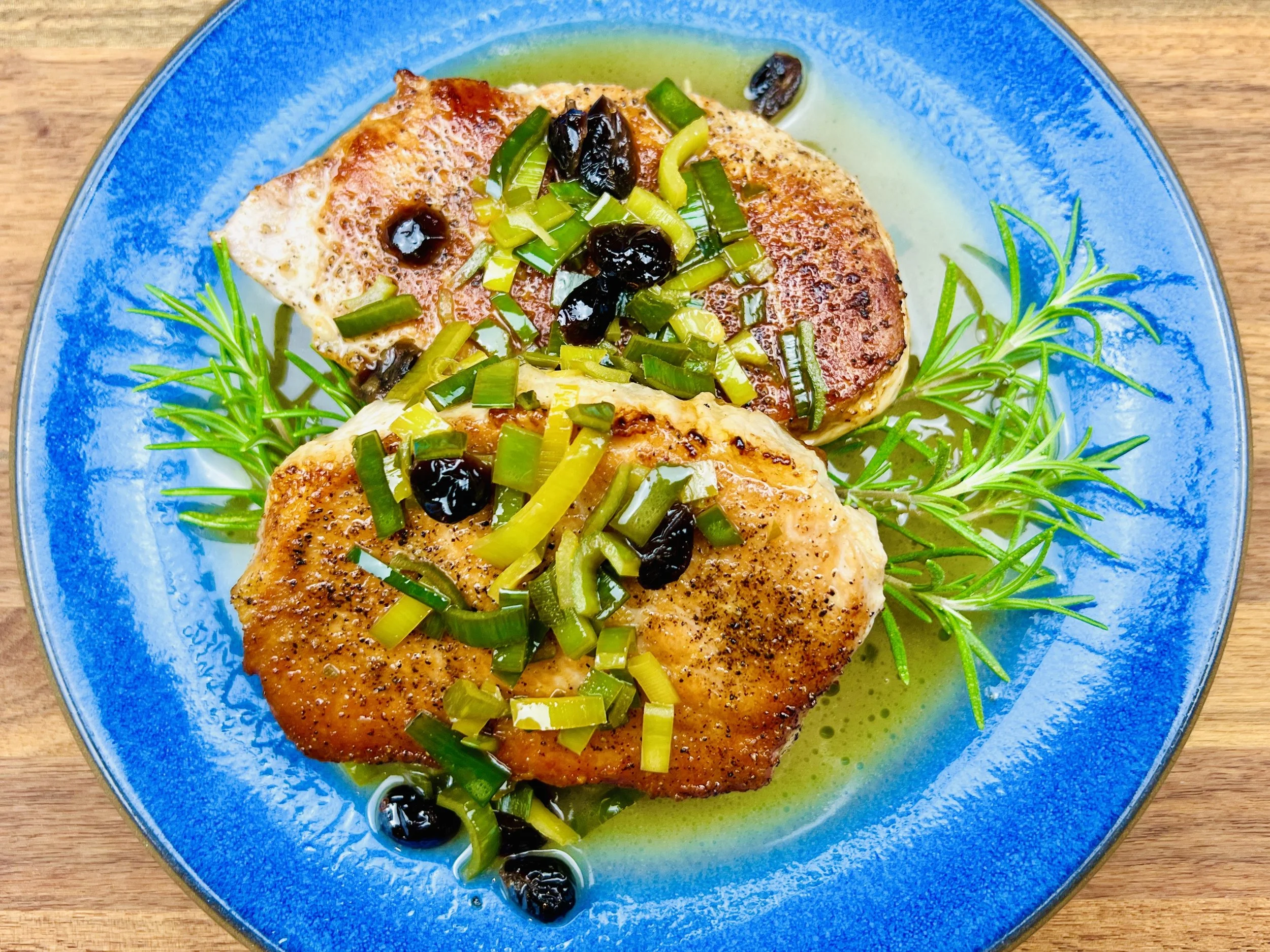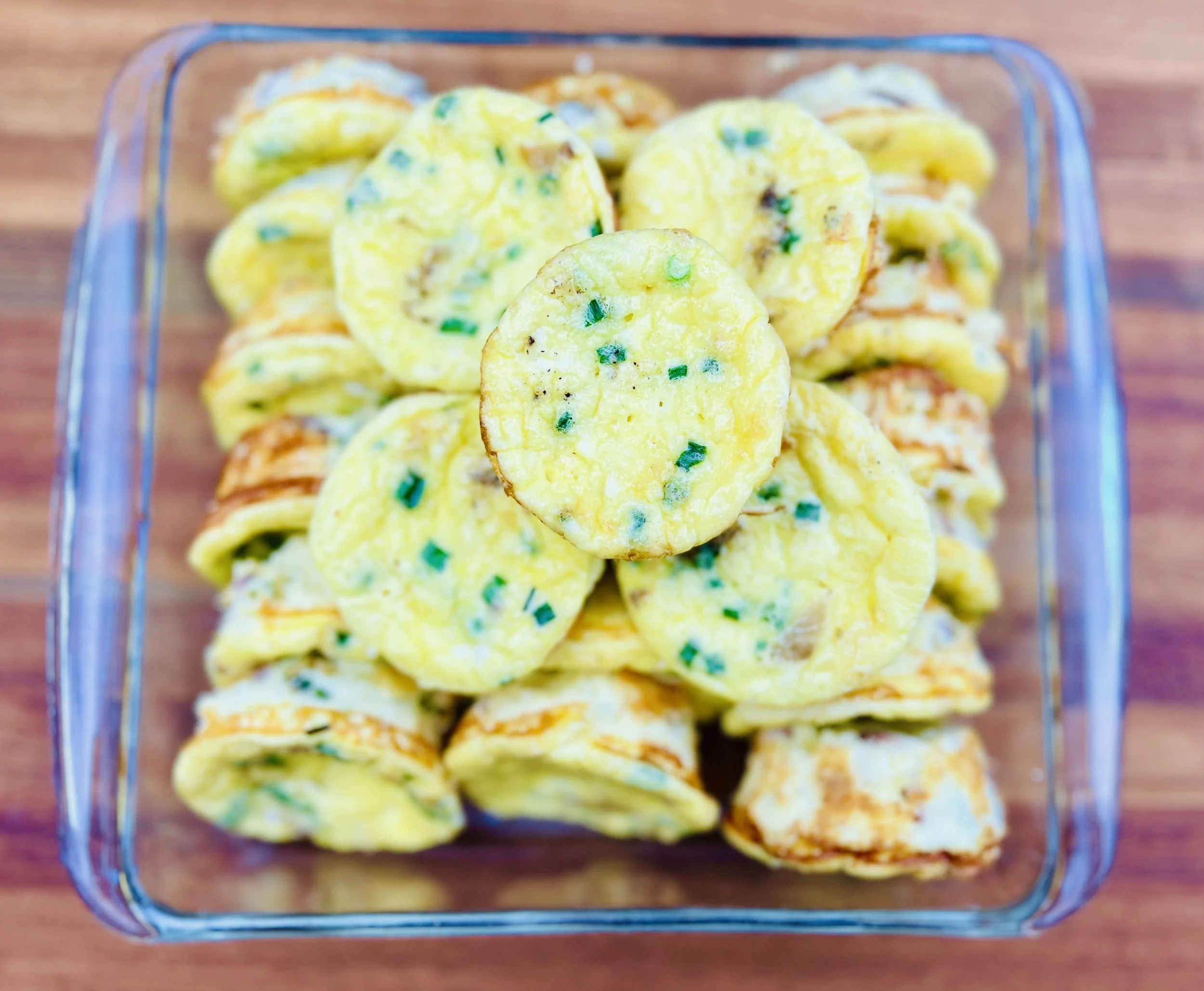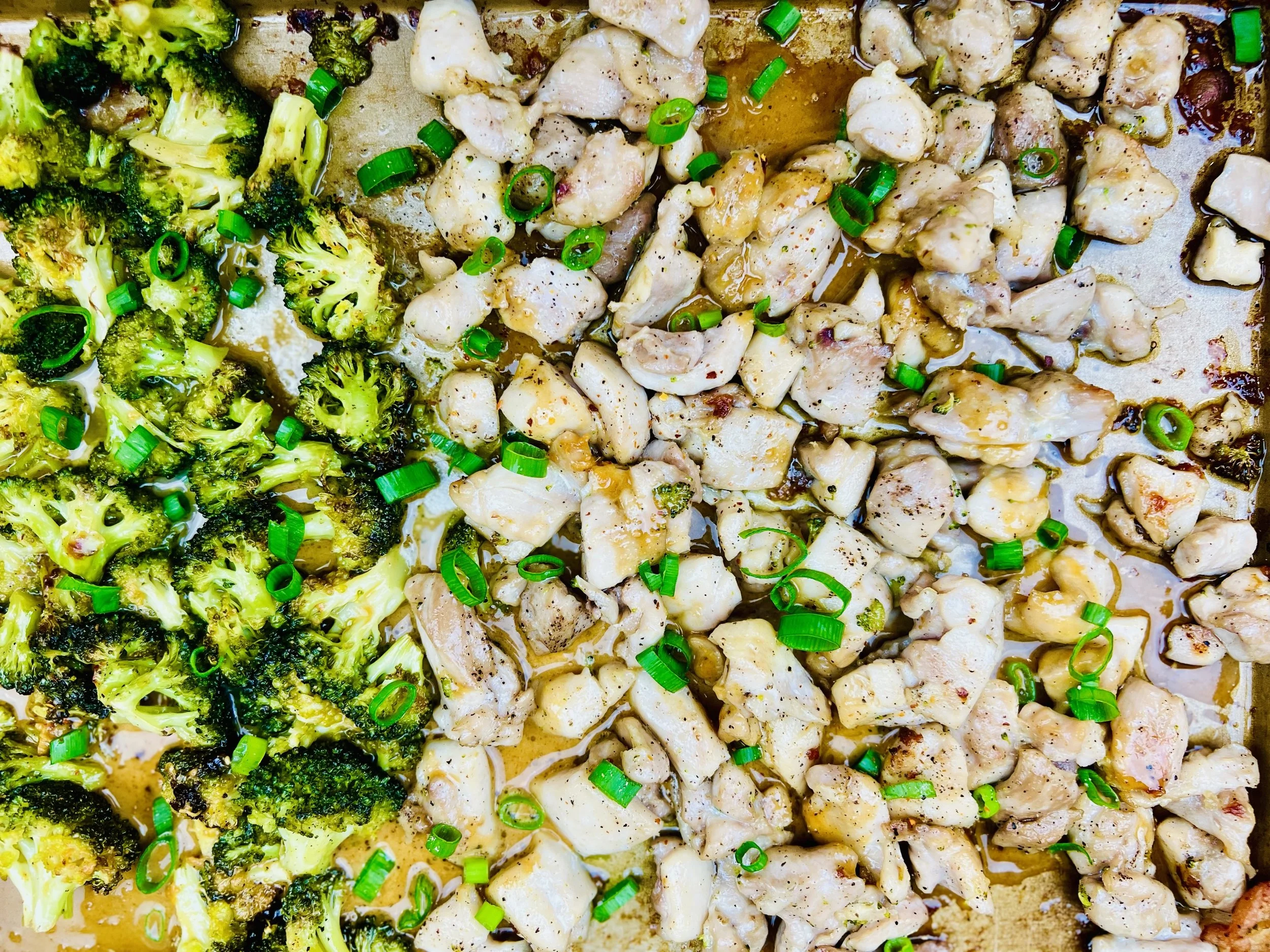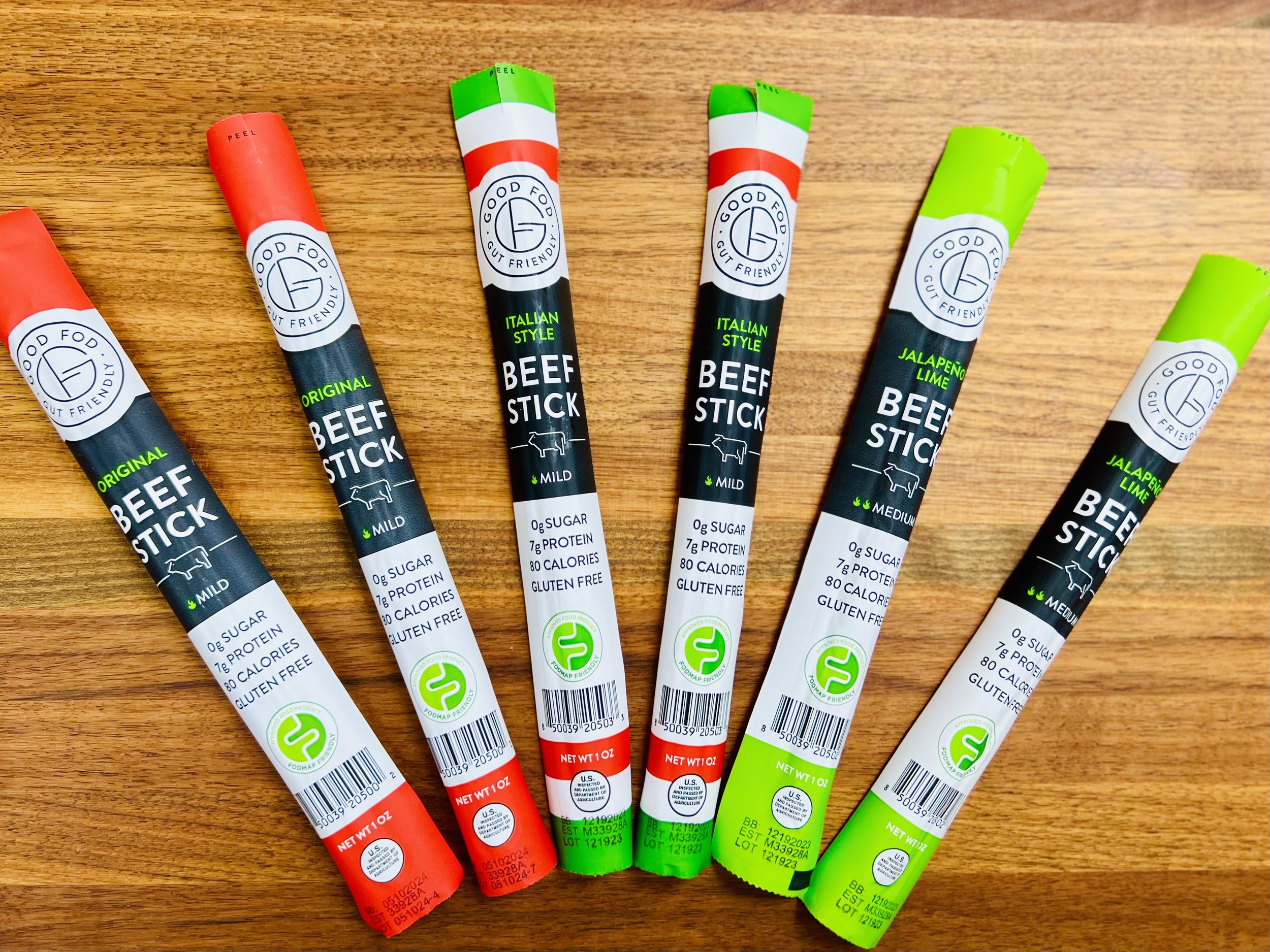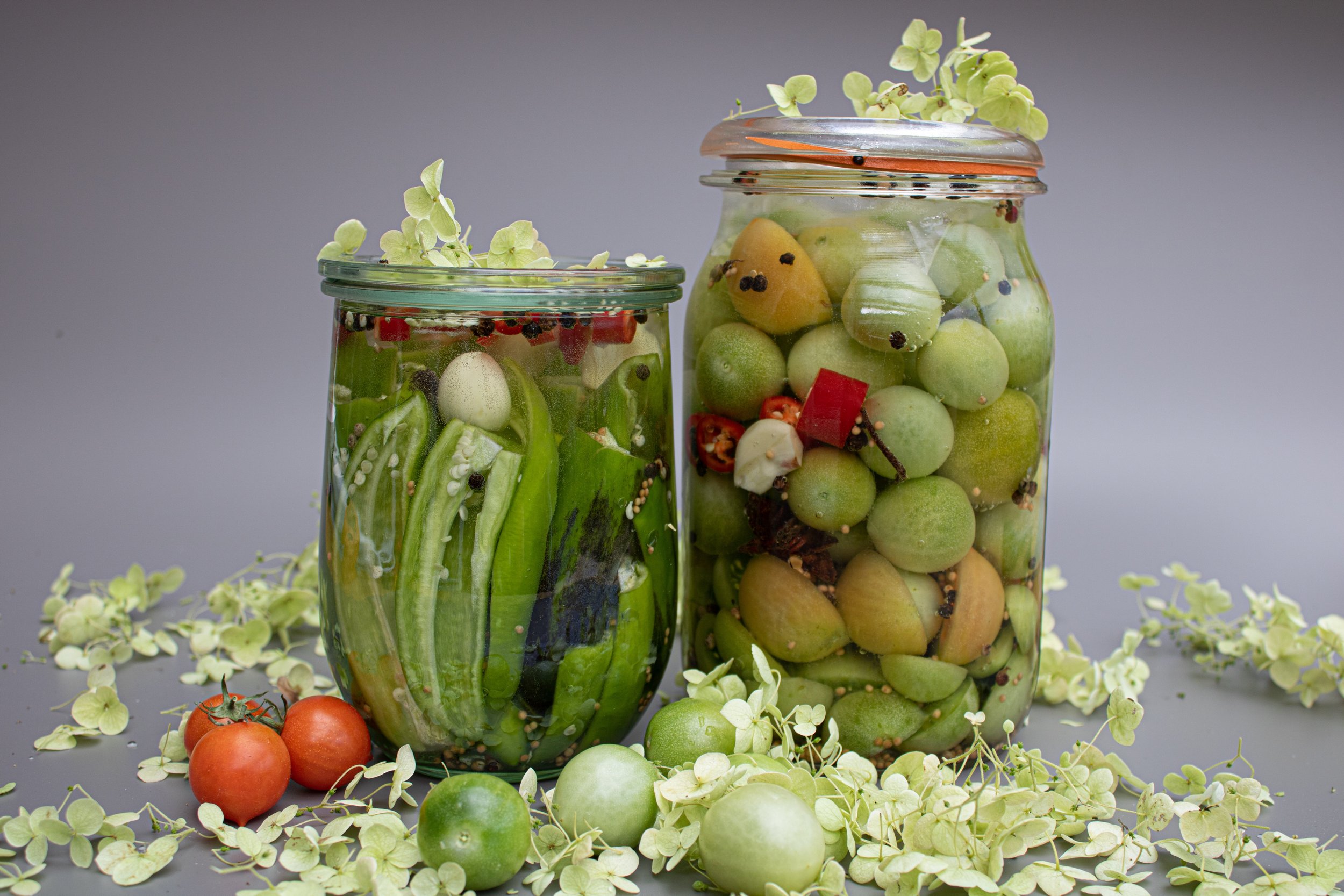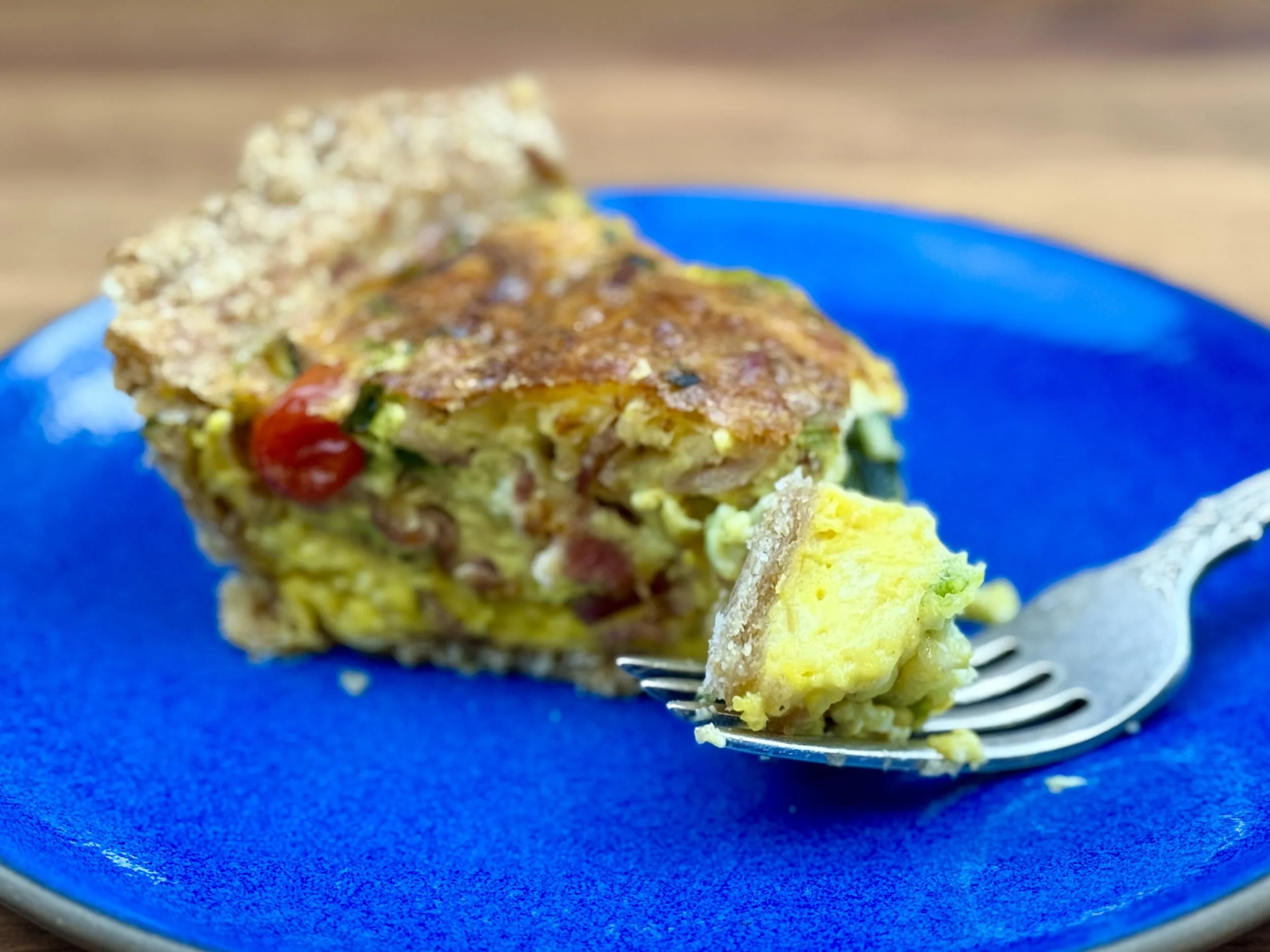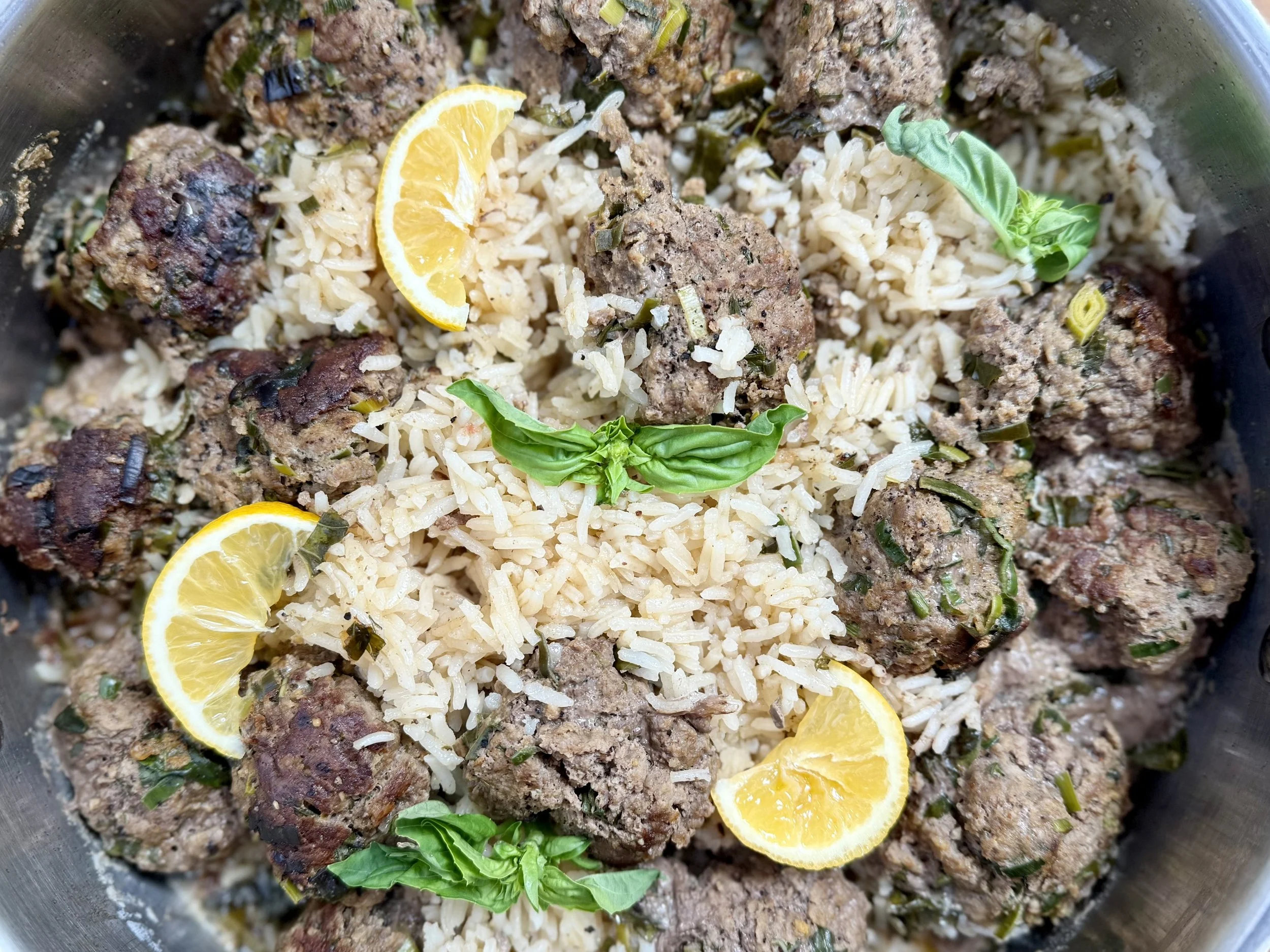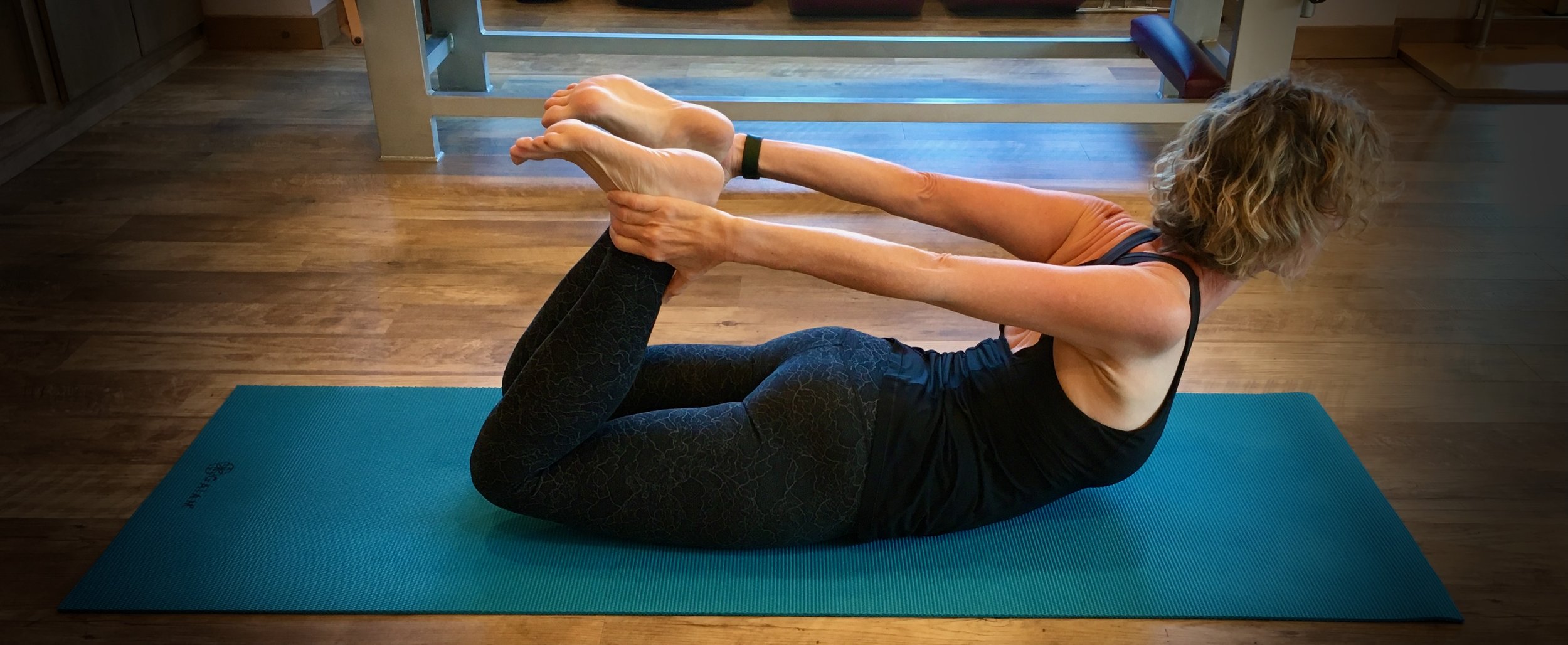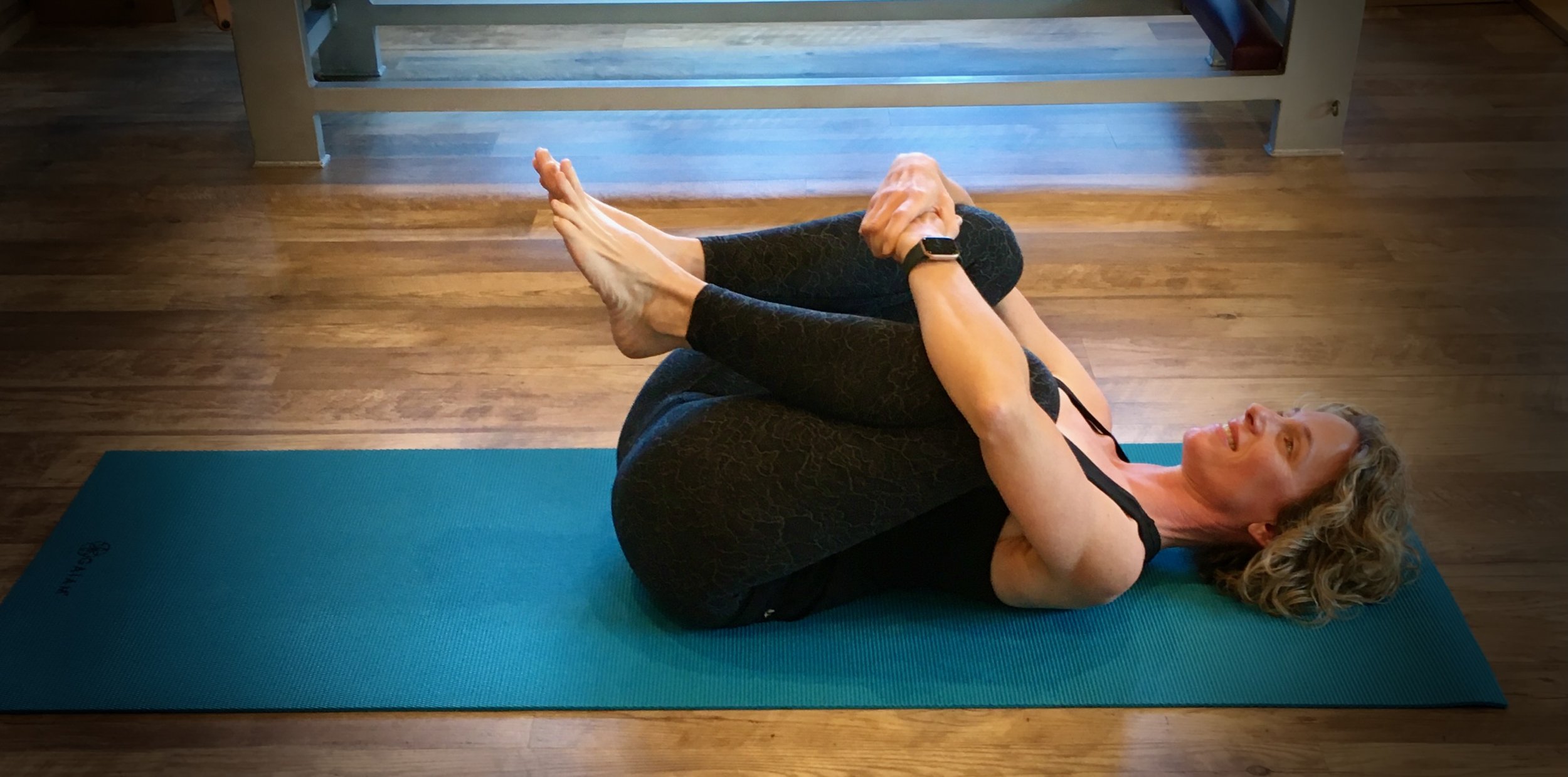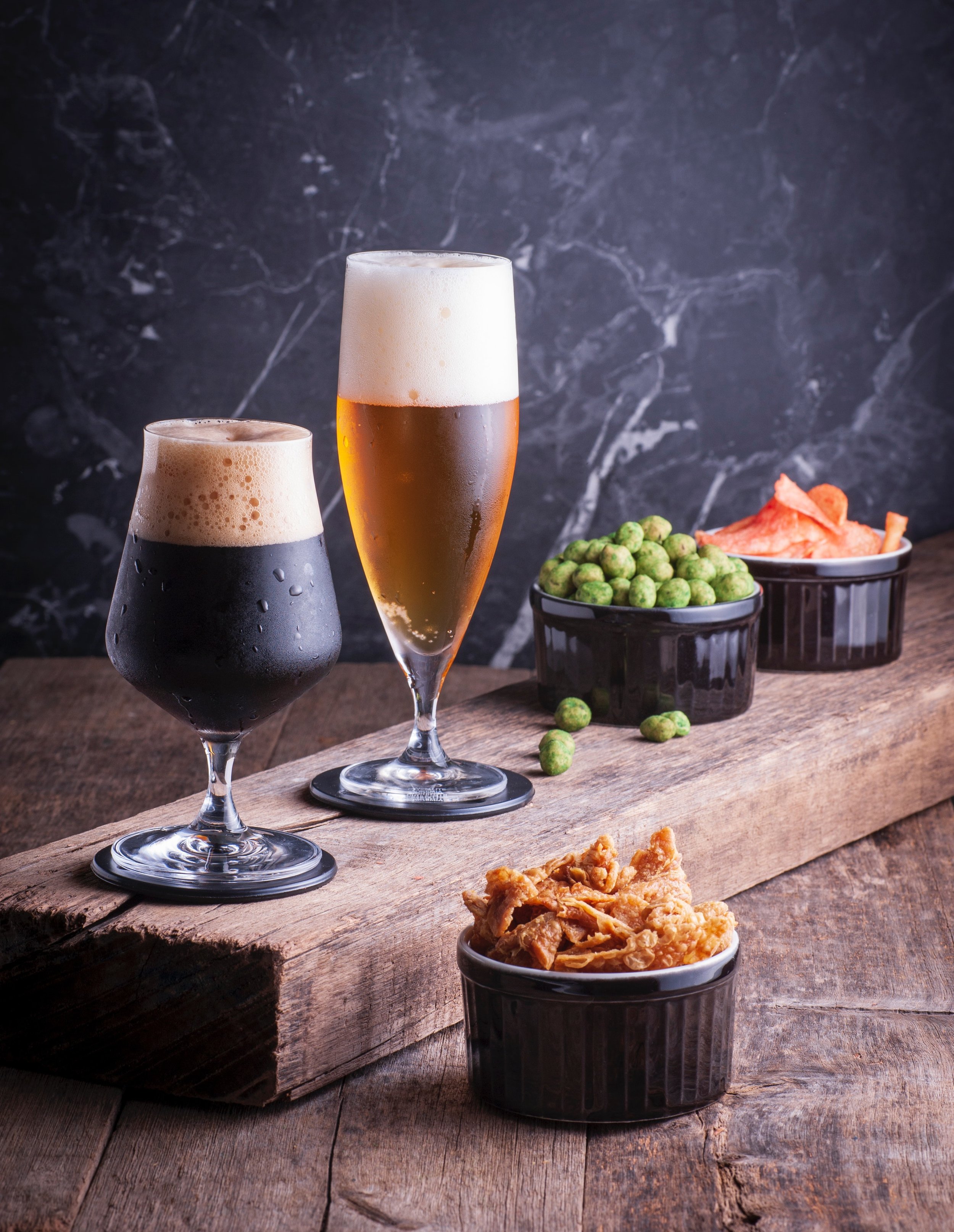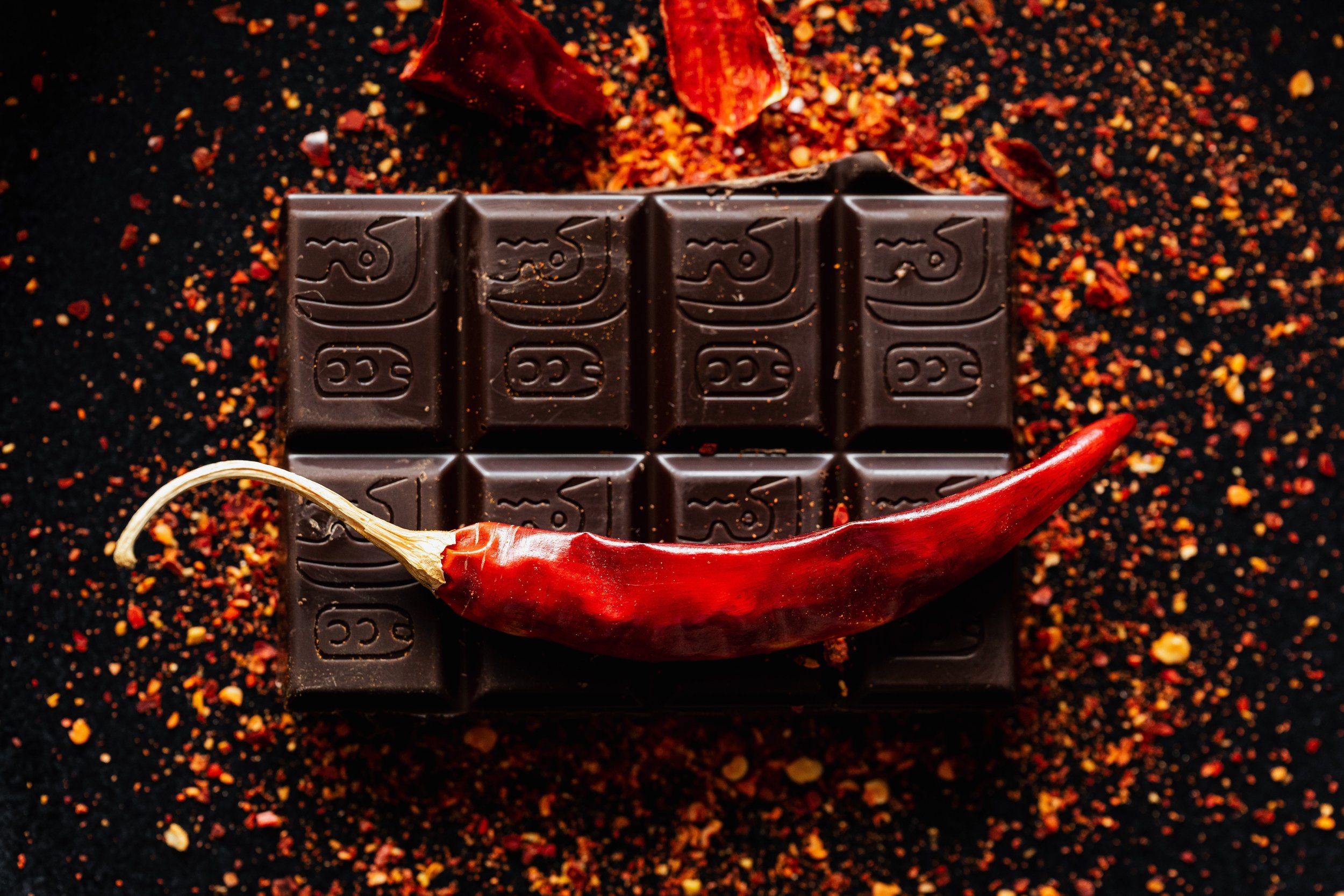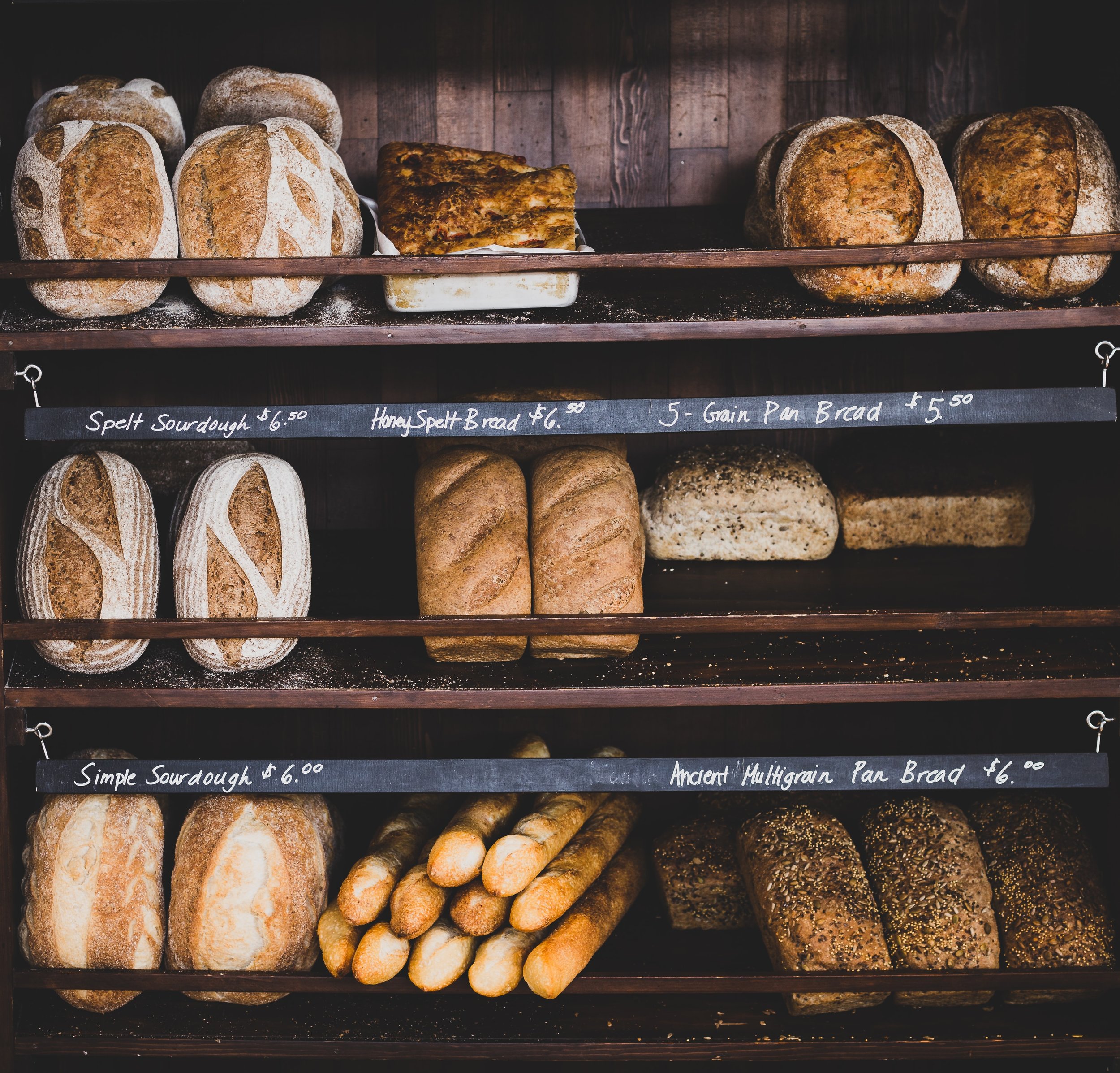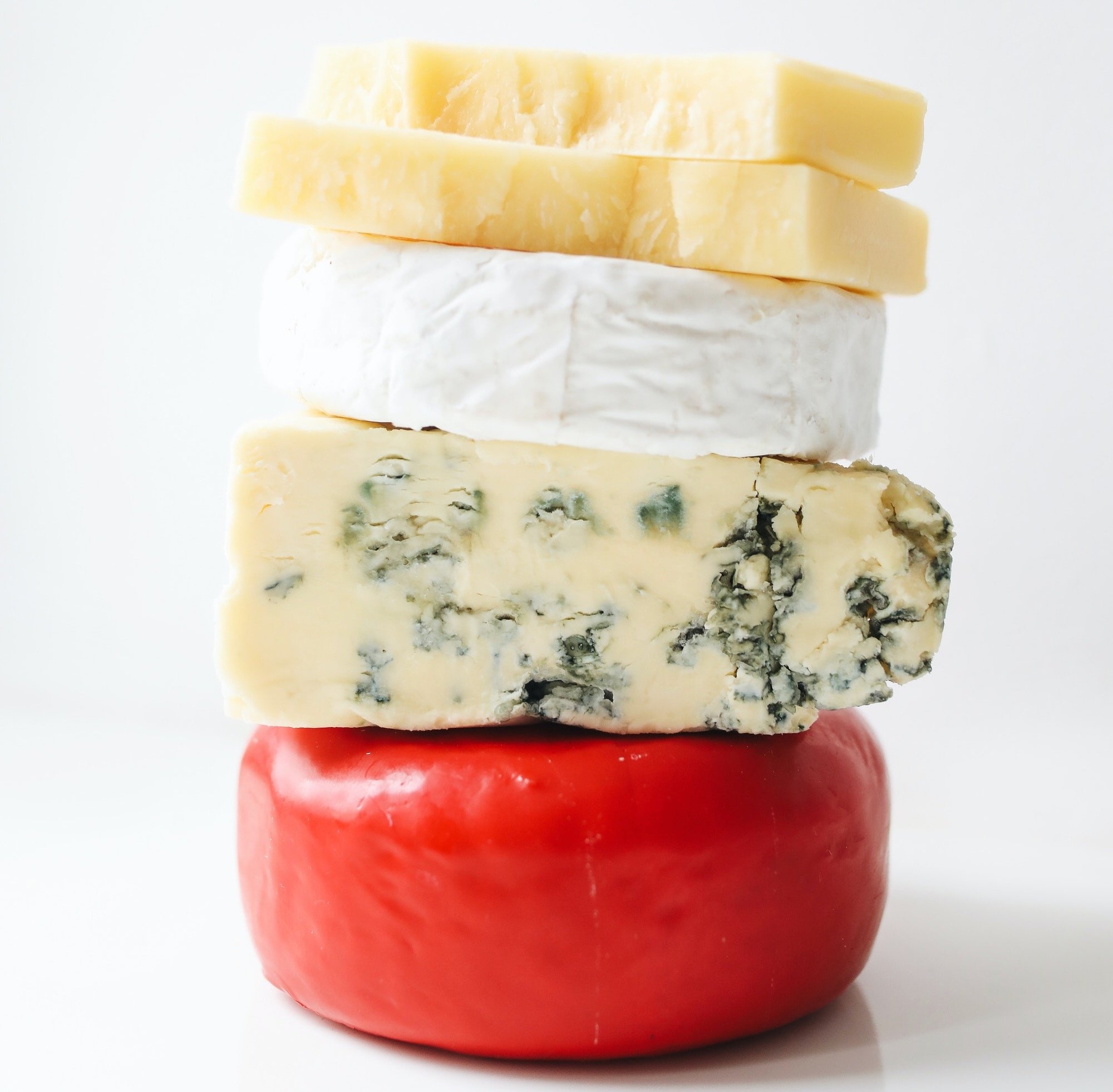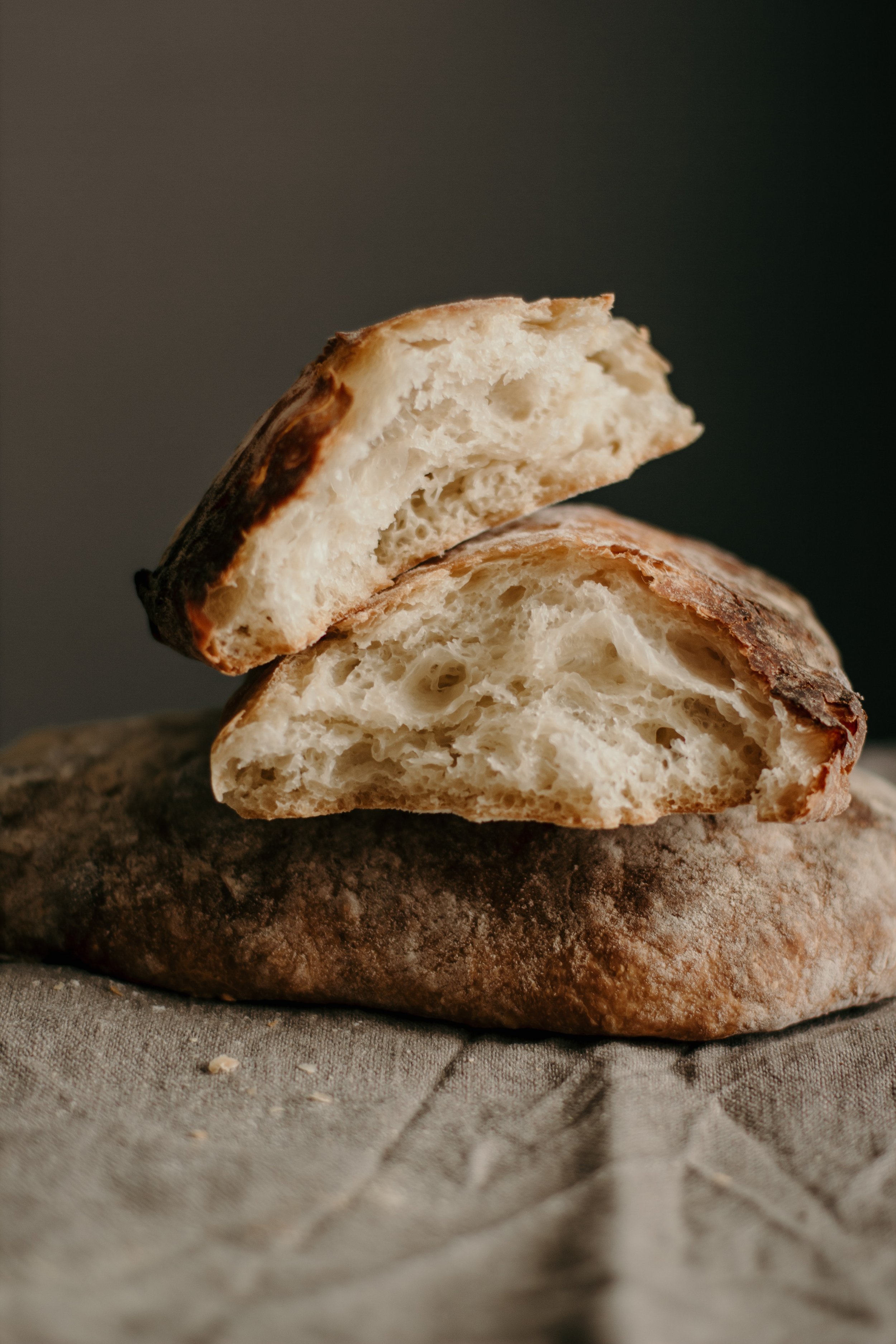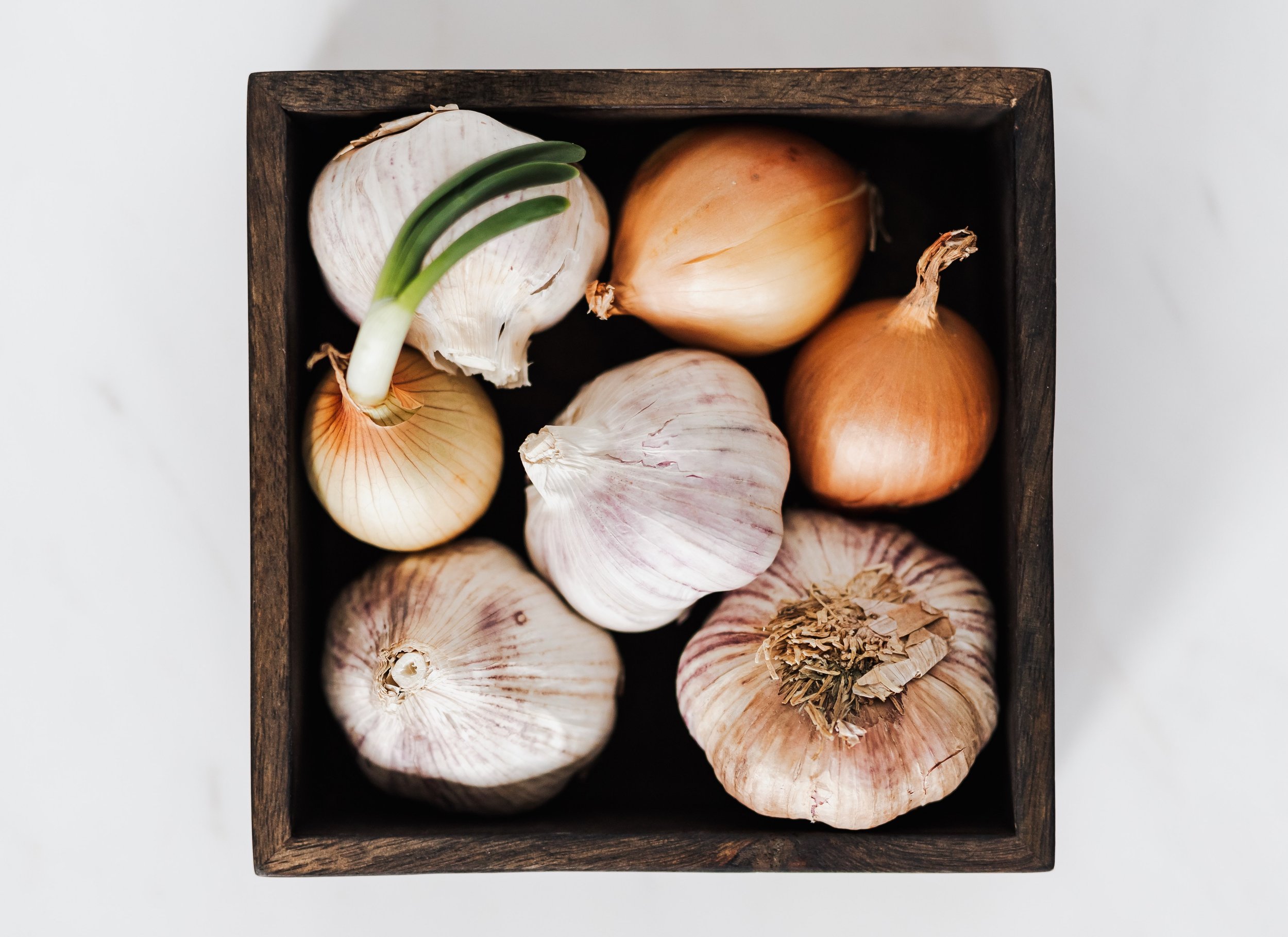Deliciously Low FODMAP
Inspire yourself with hundreds of delicious low FODMAP recipes, tips, and tools, and enjoy the abundance that is yours even when you have IBS.
Use the buttons and filters to find something specific or browse the complete collection for inspiration.
Discover a treasure trove of recipes with my FREE recipe club! Get new ideas delivered straight to your inbox every week.
Deliciously Low FODMAP is a trademark of IBS Game Changer, LLC
Filter to find Recipes and Tools
More Filtering Options
- All 752
- Appetizer 53
- BBQ 46
- Bowl 32
- Breakfast 63
- Cocktails 13
- Collection 1 58
- Collection 10 27
- Collection 11 30
- Collection 12 27
- Collection 13 31
- Collection 14 29
- Collection 15 31
- Collection 16 34
- Collection 17 31
- Collection 18 33
- Collection 19 36
- Collection 2 32
- Collection 20 33
- Collection 21 33
- Collection 22 40
- Collection 23 34
- Collection 24 1
- Collection 3 28
- Collection 4 29
- Collection 5 30
- Collection 6 32
- Collection 7 31
- Collection 8 31
- Collection 9 32
- Condiments 6
- Crock Pot 4
- Dessert 110
- Diabetes Game Changer Exception Protocol Contains Alcohol 11
- Diabetes Game Changer Exception Protocol Contains Flour 111
- Diabetes Game Changer Exception Protocol Contains Flour AND Sugar 78
- Diabetes Game Changer Exception Protocol Contains Sugar 50
- Diabetes Game Changer First Four Weeks 378
- Dinner 342
- Drink 8
- Easter 1
- Free Guide 17
- Gluten-free 611
- Gut Microbiome 2
- Guthealth 3
- Holidays 69
- IBS Triggers 4
- Keto Friendly 134
- Lactose-Free 177
- Low FODMAP Diet 738
Haven’t tried FODZYME yet? Get a free sample!
If you are based in the United States and have never tried FODZYME before, you can get a free sample of FODZYME.
Not long ago, I wrote a full post about FODZYME. You can find that article here. In it, I asked, what if you (with IBS) could eat garlic, onions, pizza, and even ice cream without GI consequences? That would be a game-changer.
Now, you can try FODZYME for free!
If you are based in the United States and have never tried FODZYME, you can request a free sample of FODZYME using the button above. Complete and submit the form and they will send you your free sample right away.
Does it work and how does it work?
As with everything else I recommend, I tried it myself. And it worked for me. Does that mean it will work for you too? The only way to find out is to give it a try yourself. Each of us has a different FODMAP sensitivity profile so we may each have a different experience with a product like FODZYME. But seriously, what do you have to lose?
We are all likely familiar with Lactaid the enzyme that breaks down lactose. FODZYME is similar in concept but, as a powder rather than a pill, FODZYME may have an advantage that allows it to work much better. And, it’s the world's first enzyme supplement that breaks down FODMAPs.
Adding FODZYME directly to the food you are eating (vs taking a pill with the same enzymes in it) has been proven to be the most effective way to activate these enzymes. Once ingested and activated these enzymes serve to reduce or eliminate the painful reaction that comes with eating foods that are high in the FODMAPs fructan, GOS, and/or lactose. And soon, the formulation will cover the Polyols too.
Need a refresher on what foods contain Fructan, GOS, and lactose?
Fructan and GOS Examples: Almonds, Artichoke, Baby spinach, Banana, Beans, Beetroot, Blueberries, Broccoli, Brussels sprouts, Cabbage (red and savoy), Cashews, Chickpeas, Cranberries, Dates, Figs, Garlic, Grapefruit, Leek, Lentils, Onion, Peas, Pistachios, Pomegranate, Raspberries, Roma Tomatoes, Scallion, Shallots, Silken tofu, Wheat, and Zucchini.
High Lactose Examples: Buttermilk, Cheese, Queso Fresco, Cottage cheese, Cream, Creamy cheeses, Custard, Goats cheese, Haloumi, Ice-cream, Kefir, Milk, Paneer, Quark cheese, Ricotta cheese, Sour cream, Yogurt.
Already tried FODZYME and want to buy more?
Click the button below to buy more so you can enjoy the foods you love without the GI consequences.
Use my discount code IBSGC15 for a 15% discount.
More Deliciously Low FODMAP™ Tips and Tools
Curious about Keto and using the Keto Diet to Manage IBS Symptoms?
A ketogenic diet could be one pathway to relief for some of us with IBS
Irritable Bowel Syndrome (IBS) affects millions of people worldwide and if you are reading this, it’s likely you are one of those people. Unfortunately, there’s no one-size-fits-all solution for managing IBS, which is why I am constantly learning and researching new possibilities to share with you. Recently, I attended a conference for Metabolic Health Practitioners and much of the data presented led me to conclude a ketogenic diet could be one pathway to relief for some of us with IBS. In this blog post, I am sharing how the keto diet can potentially help control your IBS symptoms, and what the keto diet is, along with some practical tips for getting started on a keto diet.
The Basics of the Keto Diet
The ketogenic diet is higher in healthy fats, and lower in carbohydrates which is designed to shift the body into a state of ketosis, where it burns fat for fuel instead of carbohydrates. This metabolic shift can impact various aspects of health, including mental alertness and concentration, getting rid of excess weight, and managing IBS symptoms. Because all FODMAPs are carbohydrates, it stands to reason a low-carbohydrate diet will reduce your IBS symptoms. For some people with IBS, trying to understand FODMAPs and what you can and cannot eat is a huge challenge. The keto diet may help simplify things to the point that real relief from IBS symptoms can be achieved and maintained without having to focus so much on the potentially overwhelming world of FODMAPs.
The Potential Benefits for People With IBS
Reduced Carbohydrate Intake: This is the primary pathway to relief because we know all FODMAPs are carbohydrates and FODMAPs can trigger IBS symptoms in most people with IBS. The keto diet drastically limits carb intake, potentially reducing exposure to FODMAPs and eliminating most symptom triggers.
Improved Gut Microbiome: As I’ve mentioned before, there’s emerging research that points to a connection between the gut microbiome and IBS symptoms. The keto diet might positively influence the gut microbiome composition, which could alleviate IBS symptoms.
Stabilized Blood Sugar Levels: Fluctuating blood sugar levels can contribute to IBS symptoms. The keto diet's focus on fats and proteins can help stabilize blood sugar, potentially reducing the symptoms that are related to excess sugar.
Implementing the Keto Diet for IBS Management
Before making dietary changes, it’s always a good idea to consult your own healthcare provider, especially if you have other underlying health conditions. They can guide you on whether the keto diet is suitable for you.
Once you get the go-ahead, ease into the keto diet slowly to allow your body to adapt. Drastic changes can sometimes trigger digestive discomfort.
When eating a keto diet, opt for low-FODMAP foods within the keto framework. Examples include meats, fish, eggs, non-starchy vegetables, and certain nuts and seeds. Keep in mind, you are taking carbs out and adding fats in. If you have questions about the FODMAPs in any food, I recommend using the Monash University FODMAP app. It’s the gold standard when it comes to food and FODMAPs.
Keep yourself hydrated. This, of course, applies to all diets but in particular, the keto diet that can cause increased water and electrolyte loss. If you have trouble maintaining your electrolyte balance as a result of fluid loss, I recommend using Trace Minerals 40,000 Volts drops (up to 1 teaspoon per day) to maintain electrolyte balance without adding sugar or other FODMAP-containing ingredients to your diet.
While the keto diet is low in carbs, incorporating low-carb, non-starchy vegetables can provide essential fiber to support gut health. (If you find you need more fiber, I recommend adding up to one scoop of Paleo Fiber Resistant Starch Fiber to your daily routine.)
Finally, mindful eating is more important than you might think no matter what diet you may be on. Pay attention to serving sizes and listen to your body's cues for fullness and satiation. Overeating on anything, even on keto-friendly foods, can exacerbate IBS symptoms.
Getting Started
Getting started on a keto diet requires some planning and preparation. Here's a step-by-step guide to help you get started:
Review the list of basic keto-friendly foods below.
Stock your kitchen. Clean out your pantry and stock up on keto-friendly ingredients. Focus on foods like avocados, olive oil, nuts, seeds, eggs, fatty fish, and non-starchy vegetables. Having these items readily available will make cooking keto meals much easier.
Plan your meals. Start by creating a meal plan that includes a variety of keto-friendly foods. Incorporate low-carb vegetables, lean proteins, healthy fats, and small portions of low FODMAP options. Planning your meals ahead of time will help you stick to the diet and avoid last-minute temptations. I have lots of low-FODMAP Keto-friendly recipes in my recipe club. Here’s a filtered view for you to find many of them.
Listen to your body. Every individual's response to the keto diet is unique. Pay attention to how your body reacts, and adjust your dietary choices accordingly. If you encounter persistent discomfort or adverse effects, consult your healthcare provider.
Remember, the keto diet isn't suitable for everyone, and its long-term effects are still being researched. It's important to prioritize a balanced, nutrient-dense diet that meets your individual needs and health goals. If the keto diet doesn't align with your preferences or health considerations, there are numerous other dietary strategies to explore in managing IBS symptoms. Always choose an approach that you enjoy and you can stick with or you won’t succeed.
So what do you eat on a keto diet?
On a keto diet, you'll primarily focus on consuming foods that are high in healthy fats, moderate in protein, and low in carbohydrates. Here's a list of basic foods that are typically included in a keto diet:
Healthy Fats:
Avocado (keep to 1/8 per sitting for low FODMAP) and avocado oil
Coconut oil and coconut products
Olive oil
Butter and ghee
Nuts and seeds (e.g., almonds, walnuts, chia seeds)
Fatty fish (e.g., salmon, mackerel)
Cheese (in moderation)
Heavy cream
Protein Sources:
Lean meats (e.g., chicken, turkey, beef, pork)
Fatty cuts of meat (e.g., bacon and sausage but watch for onions/garlic in the ingredients)
Eggs
Fish and seafood
Tofu (firm tofu is low FODMAP) and tempeh (for vegetarians)
Low-Carb Vegetables:
Leafy greens (e.g., spinach, kale, lettuce)
Cruciferous vegetables (e.g., broccoli tops are low FODMAP, and Arugula too)
Zucchini
Bell peppers
Cucumber
Berries (in Moderation):
Strawberries
Blueberries
Raspberries
Dairy Alternatives (if you don’t tolerate dairy well):
Unsweetened almond milk, coconut milk, or other plant-based milk (but watch for FODMAP ingredients)
Dairy-free cheese alternatives (check labels for carbohydrate content)
Herbs, Spices, and Condiments:
Herbs and spices (e.g., basil, oregano, etc.)
Salt and pepper
Vinegar
Mustard
Hot sauce
Beverages:
Water
Herbal tea (without added sugar)
Black coffee (decaf is best for those with IBS and in moderation)
Summing it up
The keto diet holds promise as a potential tool for managing IBS symptoms. However, it's crucial to remember that everyone's body responds differently to dietary changes. What works for one person might not work for another. The keto diet should be undertaken with careful consideration, ideally under the guidance of your healthcare provider. It's also important to continue exploring other IBS management strategies, such as exercise, stress reduction techniques, and identifying specific trigger foods. Using this comprehensive approach, you can work towards reducing the impact of IBS on your quality of life. If you want expert guidance and coaching to support your health journey, check out my complete coaching program here. I would love to help you!
Have a question you’d like to have answered? Email me at hello@ibsgamechanger.com
More Deliciously Low FODMAP™ Keto-friendly recipes
Delicious Low FODMAP Beef Sticks and Jerky from Good Fod Foods
Thanks to our friends at Good Fod Foods you can now have delicious Beef Sticks and Jerky in a variety of flavors that you can keep on hand for a quick snack or light lunch on the go.
When you have Irritable Bowel Syndrome (IBS) sometimes it’s hard to find a good “car snack” or on-the-go food for hiking or backpacking that you can count on for flavor, nutrition, and shelf stability. Or, you’re just trying to get more protein in your everyday low FODMAP diet without adding a bunch of calories. Thanks to our friends at Good Fod Foods you can now have delicious Beef Sticks and Jerky in a variety of flavors that you can keep on hand for a quick snack or light lunch on the go. The beef sticks are tender, flavorful, and easy to chew. The jerky is just that—jerky! Exactly the way you want it to be and all the flavors are delicious. As usual, I have arranged a 15% discount (IBSGC15) just for you. In fact, if you click the image or button below to start shopping, the discount will be automatically applied to your cart at checkout!
The Good Fod Foods family dealt with sensitive stomachs for a while before they tried a low-FODMAP diet. They felt better and they realized it was hard to find nutritious, shelf-stable low-FODMAP snacks. So, they made some to share! I tried them all and I can personally say they are delicious.
Give them a try with the IBS Game Changer 15% Discount.
More Deliciously Low FODMAP™ tips & tools
What if you (with IBS) could eat garlic, onions, pizza, and even ice cream without GI consequences?
How can I eat fructan, GOS, and lactose when on a low FODMAP diet? FODZYME might help!
That would be a game-changer.
If you have Irritable Bowel Syndrome (IBS) and it has been recommended that you follow a low FODMAP diet you may have a lot more questions than you do answers. And you may feel completely baffled by all of the information out there and all of the various recommendations and guidelines you “should” follow.
How often have you said why can’t I just eat like everyone else does? Why does food have to make me feel sick? Where’s the magic fairy dust that I can sprinkle on my food and turn it into something I can eat without consequences?
That magic fairy dust might just be here in the form of FODZYME®
Those of you who know me, or who have worked with me as an IBS coach, know I’m not a fan of supplements and pills. But, there’s a time and a place for everything. And this product may be a game changer for many of you when you’re traveling, eating out, or choosing to eat a food you know you are sensitive to.
I wanted to learn more, so I sat down with Harvard-educated co-founder David Hachuel, to learn more about FODZYME and how it works.
FODZYME is made by Kiwi Biosciences, “a human-centered biotech company developing elegant solutions for extraordinary gut relief.” The current FODZYME formula is a highly-specific enzyme blend designed to target the FODMAPs fructan, galactooligosaccharides (GOS), and lactose.
FODZYME is a blend of digestive enzymes that has been lab tested and certified low FODMAP by Monash University, which means the ingredients in FODZYME are considered low FODMAP.
Does it work and how does it work?
As with everything else I recommend, I tried it myself. And it worked for me. Does that mean it will work for you too? The only way to find out is to give it a try yourself. Each of us has a different FODMAP sensitivity profile so we may each have a different experience with a product like FODZYME. But seriously, what do you have to lose?
We are all likely familiar with Lactaid the enzyme that breaks down lactose. FODZYME is similar in concept but, as David explained, as a powder rather than a pill, FODZYME has an advantage and works much better. And, it’s the world's first enzyme supplement that breaks down FODMAPs.
Adding FODZYME directly to the food you are eating (vs taking a pill with the same enzymes in it) has been proven to be the most effective way to activate these enzymes. Once ingested and activated these enzymes serve to reduce or eliminate the painful reaction that comes with eating foods that are high in the FODMAPs fructan, GOS, and/or lactose. And soon, the formulation will cover the Polyols too.
Need a refresher on what foods contain Fructan, GOS, and lactose? Click the expansion arrows below for some prime examples:
-
Examples: Almonds, Artichoke, Baby spinach, Banana, Beans, Beetroot, Blueberries, Broccoli, Brussels sprouts, Cabbage (red and savoy), Cashews, Chickpeas, Cranberries, Dates, Figs, Garlic, Grapefruit, Leek, Lentils, Onion, Peas, Pistachios, Pomegranate, Raspberries, Roma Tomatoes, Scallion, Shallots, Silken tofu, Wheat, and Zucchini
-
Examples: Buttermilk, Cheese, Queso Fresco, Cottage cheese, Cream, Creamy cheeses, Custard, Goats cheese, Haloumi, Ice-cream, Kefir, Milk, Paneer, Quark cheese, Ricotta cheese, Sour cream, and Yogurt
-
Examples: Apple, Apricot, Avocado, Blackberries, Cauliflower, Celery, Cherries, Lychee, Mushrooms, Nectarine, Peach, Pear, Plum, Prune, Sauerkraut, Sweetcorn, Sweet potato
Sound interesting? Want to give it a try? Use the IBS Game Changer discount code for 15% off. What are you waiting for?
More Deliciously Low FODMAP™ tips & tools
Why Eating Fermented Foods Benefits You and Your Gut - And How to Eat More
If someone told you there was a natural, inexpensive, non-prescription way to boost your mood, modulate your weight, and avoid getting sick, I bet you’d be quite interested! Read this post to learn more.
If someone told you there was a natural, inexpensive, non-prescription way to boost your mood, modulate your weight, and avoid getting sick, I bet you’d be quite interested! Well, I’m here to tell you there is! And all you have to do is get a bit of fermented food in your diet each day. Wondering how to pack a peck of pickled peppers into your diet? In this post, I have put together a list of the most common fermented foods and their benefits, including the low FODMAP serving of each.
Eating Fermented Foods:
-
Adding fermented foods to your diet increases the number of beneficial bacteria in your gut. Some of those beneficial bacterial convert to hormones such as Serotonin (the happy hormone) which helps boost your mood. A healthy gut full of beneficial bacteria contributes to and supports your mental health and cognitive function – think improved memory and concentration!
-
Eating fermented foods can increase your antibodies which protect you against invading pathogens naturally improving your immunity.
-
Eating fermented foods can help regulate your hunger hormones, which in turn can help to control your weight. Adding fermented foods to your diet may also help reduce sugar and carbohydrate cravings too!
-
Adding fermented foods to your diet can make the nutrients more bio-available and more digestible so your gut doesn’t have to work so hard to get the most out of what you eat.
-
Adding fermented foods to your diet can help reduce systemic inflammation. Reducing inflammation can help with chronic diseases such as arthritis and cardiovascular disease. It can also help offset inflammatory lifestyle factors such as poor diet, excess caffeine, overconsumption of sugar, certain medications, etc.
Some common fermented foods—and Low FODMAP servings
Yogurt (lactose-free) - Low FODMAP Serving Size: 6 ounces
Yogurt is one of the most popular and common fermented products available today. Be sure to choose organic whenever possible. Also look for natural, and probiotic-rich yogurt for maximum health benefits. And of course, steer clear of the highly sugared yogurt parfaits. Plain lactose-free yogurt with some nuts, homemade granola, or fruit on it is ideal. Vegans (or those who don’t tolerate the whey in milk) can try coconut yogurt made with organic coconut milk fermented with probiotic starter.
Kombucha - Low FODMAP Serving Size: 6 ounces
A very popular fermented tea drink that uses a colony of yeast and bacteria known as a SCOBY (Symbiotic Culture of Bacteria and Yeast). It might not sound very good, but tastes delicious! It can be flavored with different fruits and spices to create a mildly fizzy, gut-loving, highly beneficial, delicious drink. Look for one that doesn’t have added sugar (it will always be fermented with fruit or something that has sugar anyway). My favorite is GT’s Marine Greens which is fermented with Kiwi juice and tea. As it contains some a small amount of caffeine even after fermenting, it’s important to adjust the serving size to your tolerance and have it early in the day!
Kefir (lactose-free) - Low FODMAP Serving Size: 8 ounces (or 1 Tablespoon of traditional Kefir with Lactose)
Milk kefir is a tart, drinkable, natural yogurt. It contains many beneficial probiotics and is high in Vitamin B12, calcium, and magnesium. It can easily be added to smoothies for a simple probiotic boost. Water kefir is just as beneficial and is ideal for vegans. It is made from grains and can be flavored in a similar way to Kombucha.
Apple Cider Vinegar - Low FODMAP Serving Size: 2 Tablespoons
Apple Cider Vinegar (ACV) contains acetic acid which supports the function of probiotics and prebiotics in your gut. It is ideal as a blood sugar balancer and digestive aid. Mix it into salad dressings, soups, and sauces, or add a teaspoon to a glass of warm water before meals to help with digestion. ACV contains important digestive enzymes. Taken before bed, it can have a positive effect on morning fasting blood sugars.
Here’s an article I wrote about taking ACV as a supplement while on a low FODMAP diet.
Sourdough Bread - Low FODMAP Serving Size: 1 Slice (.92 ounces)
The long fermentation process involved in making sourdough bread helps to make nutrients found in the grains, more available for absorption and reduces the antinutrient content that may make digestion difficult. Those with gluten sensitivity, who might usually experience bloating and indigestion when eating regular bread, may have little or no digestive symptoms when eating real sourdough bread. To identify “real” sourdough bread, it must not include commercial yeast or vinegar in the list of ingredients. These are used to create bread that tastes like sourdough but is not actually fermented. If you go to your local bakery, where you’ll find the absolute best sourdough bread, you can ask to confirm it is made in the traditional way with a long period of fermentation.
Miso - Low FODMAP Serving Size: 1 Tablespoon
Miso is a soybean paste that is made from brown rice or barley fermented with a type of fungus called Koji. Traditionally used in Asian recipes, as a base for soup, it’s a great flavor enhancer and probiotic food booster. Try adding it to salad dressings along with apple cider vinegar and to soups and stews. There are multiple varieties (all good!) and you can buy them in most grocery stores. You can also make it yourself (if you don’t mind waiting at least 12 months for it to mature!)
Sauerkraut - Low FODMAP Serving Size: 1 Tablespoon
Traditionally made from white cabbage, it can also be made with red cabbage, fennel, and other vegetables. Sauerkraut is rich in fiber, B vitamins, Vitamin K, and Vitamin C. It’s also an excellent source of trace minerals which are important for blood clotting and healthy bones. Simply add a spoonful of sauerkraut to your salads or soups 3-4 times per week for optimum health benefits.
Sauerkraut is extremely cheap and easy to make. Want to make your own? Here’s an excellent how-to article from which much of this content was derived.
Kimchi - Low FODMAP Serving Size: 1/4 cup (1.66 ounces)
Kimchi is a Korean delicacy dating all the way back to the 7th century. It is a spicy version of sauerkraut that is typically made with Chinese leaves, garlic, ginger, and chilies (so read the ingredients before diving in and look for one without the garlic.) These add potent anti-inflammatory properties as well as antioxidants to the probiotic benefits. It can be added to your next stir-fry or soup for a strong flavor boost.
Tempeh (plain) - Low FODMAP Serving Size: 1 Slice (3.5 ounces)
Tempeh is made from whole fermented soybeans, to create a very dense, cake-like product that contains more probiotics and health benefits than the more well-known soybean-based food, Tofu. It is more textured than tofu, chewier, and much higher in protein. It can be used as a meat substitute. It’s sometimes hard to find plain tempeh so watch for FODMAP ingredients used to flavor the tempeh.
Tofu (firm/drained) - Low FODMAP Serving Size: 1 Cup
Tofu is also made from fermented soybeans and it can easily absorb flavors which makes it very versatile in recipes. It is a great source of protein important for the growth and repair of tissues. It also contains Phyto-estrogen compounds – important for hormone balancing (particularly in menopause). If possible, always choose non-GMO sourced tofu, not the highly processed soy protein isolate you often find in the grocery store. And, for low FODMAP, always use firm tofu (not the silken variety).
Have a question you’d like to have answered? Email me at hello@ibsgamechanger.com
More Deliciously Low FODMAP™ tips and tools
What’s so Great About Olive Oil? Everything!
Which olive oil is best? Extra virgin olive oil (EVOO)? Virgin olive oil? Just straight-up olive oil? Read this article and it will all make sense.
If you’ve been with me for long, you know I use olive oil in just about all of my savory recipes. Why is that? Because it’s delicious, of course, and also because it has some amazing health properties. I buy all my olive oil at a local farmstand. They make their own olive oils, they are always fresh and delicious and they offer many different infused olive oils that are also wonderful. I realize not everyone will have such a bounty in their backyard, so I’m sharing this article, written by my amazing sister Sarah Aitken and featured in her Diabetes Game Changer Program, that will help you navigate the vast array of olive oils on the supermarket shelves so you can buy the one that’s best for you.
Olive oil differs from other oils, such as canola, vegetable, and soybean oil in a few very key ways. These oils are extracted and refined using very high heat and chemicals, resulting in less flavor and destruction of the health benefits that may be included in unrefined oils. But which olive oil is best? Extra virgin olive oil (EVOO)? Virgin olive oil? Just straight-up olive oil?
The wide world of olive oil can be confusing! But essentially there are just 3 main kinds, and they all have their pros and cons based on the ingredients used and the methods of production. My top pic? EVOO whenever possible. It’s healthy AND delicious, and using it liberally can help to make your diet highly satisfying.
Have a question you’d like to have answered? Email me at hello@ibsgamechanger.com
More Deliciously Low FODMAP™ Tips and tools
Eat Your Way to Happiness! (Low FODMAP)
When you’re ready to start eating your way to happiness, you can find over 100 plant-forward recipes in my recipe club, perfect to expand your diet, nourish your gut biome, and support the production of your happiness brain chemicals.
If you have IBS, you’ve heard terms like “gut brain” or “second brain” before but you may not really understand what that means—and why it’s so important for those of us with IBS. Ordinarily, we talk about the gut-brain in terms of the response to food and FODMAPs. In this article, we’re focusing on the role of the gut in regulating mood. Did you know that your gut bacteria produce a whopping 95% of your serotonin (the primary “happiness neurotransmitter”) and about 50% of your dopamine (another “happiness neurotransmitter”)? In fact, your gut produces MORE neurotransmitters than your brain does!
It seems clear then, that when your gut bacteria are not happy, you are not happy either! So, let’s talk about eating your way to happy which means we will be focusing on “Psychobiotic health” a term used by researchers to refer to gut microbes that benefit mental health.
How do you promote healthy, happy, and flourishing gut bacteria? Read the full article, written by my amazing sister, Sarah Aitken, RN, MS, WHNP/FNP, NBC-HWC, to learn how to avoid going Psycho by going Psychobiotic!
When you’re ready to start eating your way to happiness, you can find over 100 plant-forward low-FODMAP recipes in my recipe club, perfect to expand your diet, nourish your gut biome, and support the production of your happiness brain chemicals.
More IBS Game Changer Tips and Tools
Bringing the experts to you - Free Virtual Speaker Series: IBS Secrets Revealed
I am honored to be a part of this digestive health summit and I have a complimentary ticket for you to attend totally free.
One of the biggest challenges when struggling with gut issues is finding answers. It should be easy, but you and I both know it’s not.
My friend and colleague, Kelly Cleveringa of Clever Body Wellness, hosted a speaker series she called IBS Secrets Revealed that brought together a group of experts from all areas of the gut health spectrum to offer all sorts of advice for improving your digestion and enhancing your life. I was honored to be a part of this digestive health summit and I’m sharing the on-demand link so you can watch the entire series, or just pick the topics that interest you most.
There were 15 expert speakers in this virtual summit talking about different areas of living with and treating IBS.
These amazing experts included…
Katherine Aitken-Young from IBS Game Changer
Heather Van Vorous from Help for IBS
DeDe Wilson from Fodmap Everyday
Helen Brooks from The Tummy Whisperer
Amy Laura from FODify It
And many more!
When you’re at the right table with the right people, you heal faster than you ever could on your own. This is the right table which is why I’m thrilled to have been included as a speaker and I want to share the content with you!
Have a question you’d like to have answered? Email me at hello@ibsgamechanger.com
Check out my latest Deliciously Low FODMAP™ recipes
Manage Your IBS Symptoms with Yoga—Poses to Calm Your Belly and Your Mind
When a recent clinical study confirmed, “Yoga may be as effective as pharmacotherapy, cognitive-behavioral therapy, exercise, and the low FODMAP diet to reduce IBS symptoms, symptoms of anxiety and depression, and stress in patients with IBS,” I was convinced yoga should be considered an important part of managing IBS.
When I eat the wrong thing, eat too much, or feel extra stressed, my IBS Symptoms flare up. And, over the holidays, I did a lot of all of those things. This year, however, instead of taking to my bed or curling up on the bathroom floor, I had an awesome new tool in my toolbox—yoga! I discovered yoga thanks to my amazing daughter and, since I started practicing yoga regularly, I have seen many benefits to my overall health and well-being—including significant benefits to my IBS symptoms in particular. When a recent clinical study confirmed, “Yoga may be as effective as pharmacotherapy, cognitive-behavioral therapy, exercise, and the low FODMAP diet to reduce IBS symptoms, symptoms of anxiety and depression, and stress in patients with IBS,” I was convinced yoga should be considered an important part of managing IBS.
There are a few yoga poses, in particular, that are calming to your gut and that’s what I’m sharing with you here. Don’t worry, you don’t have to find a yoga studio and sign up for classes right away, just follow the guidance in this article to add some yoga moves to your day and you might just find you feel the benefits—and you’re hooked!
My friend Alexandra Edwards is an amazing human being and practitioner of movement medicine and owner of Monterey Bay Contrology in Monterey, California. Ali was kind enough to sit for pictures of some of the poses that are good for your gut so you can see exactly what you’re going for. Whether you’re having IBS symptoms or not, I hope this article inspires you to give yoga a try.
Seated side twist (Parivrtta Sukhasana)
Sit down on the floor and cross your legs. Take a deep breath in and lengthen your spine and the sides of the body, then turn and put your right hand on your left knee, and steady yourself with your other hand behind you. Breathe out and gently twist while looking over your left shoulder.
Hold this pose for five slow breaths, then release and repeat on the opposite side.
Focus on drawing your navel towards your spine at the end of each exhalation.
Seated side bend (Parsva Sukhasana)
Sit down on the floor and cross your legs. Start your side stretch by taking a deep breath in and raising your left arm, then exhale and stretch the left arm over to the right, bending into a side stretch and supporting yourself with your right arm. Think of elevating on the left side of your body not collapsing on the right. Hold for five breaths. Repeat on the other side. Look up to the ceiling as shown for a greater stretch.
Cat-cow (Chakravakasana): Cow
Make your way to your hands and knees with your hands under your shoulders and your knees under your hips.
Take a deep breath in, draw your navel to the floor, look up to the ceiling, and exhale. This is the "cow” part of Cat-Cow.
Then go to the “cat” part of Cat-Cow and repeat 5-10 times.
Cat-cow (Chakravakasana): Cat
From the “cow” position, take a deep breath in as you arch your back to the ceiling like a cat stretching. Think of drawing your navel toward your spine as you do this, tuck your tailbone down, open the space between your shoulder blades, and let your head drop. Then go back to the “cow” part of Cat-Cow and repeat 5-10 times. Align the movements of Cat-Cow with your breath: in for cat and out for cow.
Sun salutation (Surya Namaskar)
Sun Salutation is a series of yoga poses performed in a sequence to create a flow of movement. Watch the video below to see the combination of movements that make up the complete sequence.
Start standing up with your toes touching and your heels slightly apart. Take a breath in and raise your arms to the ceiling, exhale, and fold forward touching your hands to the floor
Take another breath in and raise up halfway with your fingertips on the floor or lightly touching your shins. Exhale, and return to forward fold.
Bend your knees, place your hands on the floor below your shoulders, and then step your left leg back into high lunge. Next, step your right leg back so you are in a plank position. Hold this pose for a breath or two or flow right through it to the next part of the sequence.
Bend your knees and go through the following Chaturanga sequence (Chaturanga: from plank position, exhale, lower yourself down to the mat evenly as though doing a push-up, as you breathe in, straighten your arms while leaving your hips on the floor to move into upward facing dog; breath out and move into downward facing dog) hold for a breath, step your left leg forward into a lunge, then step your right leg forward to meet your hands in forward fold at the top of the mat, inhale and stand up lifting your arms toward the ceiling, bring your hands to heart center (prayer) to finish.
Do this same sequence on the opposite side, then do each side again once more. Two full sequences are a great way to stretch and massage your belly.
Locust pose (Salabhasana)
Lie on your stomach with your arms by your sides. Engage your gluteal (butt) muscles and, as you take a breath in, lift your head, upper torso, arms, and legs away from the floor. Don’t lift so high that you feel a pinch in your low back and be sure to tuck your pubic bone/lower abs in.
Exhale and release to the ground. Repeat this pose five times and try to hold each time for five breaths in and out.
Bow pose (Dhanurasana)
Lie on your stomach with your arms by your sides. Bend your knees and take hold of your ankles or feet. (If you can't reach your ankles or feet, you may use a strap or towel.) Engage your back and gluteal (butt) muscles and as you take a breath in, lift your head, upper torso, arms, and legs away from the floor. With strong legs and arms, gently pull on your ankles/feet to create the shape of a bow (like a bow and arrow).
Once you’re in this position, use your breathing to create a rocking motion to stimulate your digestive tract. Inhale to let the upper abdomen expand and exhale to contract. After five inhalations and exhalations (or sooner if you have any discomfort) release to the ground.
Knees-to-chest (Apanasana)
Lie on your back. As you take a breath in, slowly bring both knees to your chest and hug them into your body. You can grasp your wrists or your elbows, whatever is most comfortable. Try to keep your shoulders on the floor. Rock side to side if you like. Hold this position for five breaths.
Reclined spinal twist (Supta Matsyendrasana)
Lie on your back and extend your legs. Take a breath in and, as you breathe out, hug both knees into your chest. Stretch your left leg out, keeping your right leg hugged in. Place your left hand on the outside of your right knee and gently pull it over to the left. Extend your right arm straight out to the right, turn your head to the right. Relax and hold the pose for at least 10 slow breaths. (You can adjust this pose by moving both legs to one side if that’s more comfortable.)
To switch to the other side, slowly come back to center, hug both knees into your chest and repeat on the other side.
Reclining bound angle pose (Supta Baddha Konasana)
Lie down on your back. Place the soles of your feet together and allow your knees to gently fall apart. Focus on breathing from your belly, not your chest. To help with this, you can put one hand on your belly and the other hand on your chest and try to breathe so only the hand on your belly rises.
You may use blankets or pillows to support your knees and make yourself comfortable. Do slow, deep breathing and stay in this pose for five minutes or as long as you are comfortable.
Corpse pose (Savasana)
This could be the best asana of all so don’t skip it!
Lie on your back with your legs and arms extended and slightly spread out. Allow your legs to relax and turn out to the side. Close your eyes. Focus on breathing from your belly, not your chest. To help with this, you can put one hand on your belly and the other hand on your chest and try to breathe so only the hand on your belly rises. Stay in this position for five minutes or more as you relax in this pose.
Come out of this pose slowly by rolling onto your side first and resting in fetal pose (Parsva garbhasana) for a few breaths before coming up to a seated cross-legged position. Rest for a few breaths before standing.
Navigating The Holidays Without IBS Flare-ups
What you need to know about navigating the holidays without IBS flare-ups.
The holidays are fraught with opportunities to eat and drink all kinds of foods that aren’t in our normal daily diet, and to be with people or in situations we may or may not be comfortable with. That means those of us with IBS often spend much of the holidays not feeling our best or, even worse, feeling terrible. Why is that? Because we are surrounded by food, drink, people, and situations that are likely to be full of IBS triggers and we can’t (or won’t) say no because we are concerned about what others might think about us. So what do you do about that?
If you’ve managed to get your IBS under control, then you’re pretty aware of the triggers that affect you. And, when you know your triggers, you know what happens if you dive in and eat or drink things that will trigger you: You’ll have a flare-up! (If you haven’t gotten your IBS under control consider making that your New Year’s resolution and let’s talk!)
Instead of closing your eyes, accepting every invitation, and eating and drinking whatever is offered, ask yourself why you are not comfortable declining things that will make you feel sick.
Thank you to my amazing sister, Sarah Aitken, RN, MS, WHNP/FNP, NBC-HWC, for the collaboration on this post.
My friend and I had a conversation the other day, and we were talking about the feeling of pressure to “try this amazing onion dip” when everyone else was raving about it. Or garlic mushrooms, or whatever other food is being served.
I have absolutely NO problem saying "no" to food that I know will make me sick. It bothers me not in the least, not even a pang.
My friend, on the other hand, has LOTS of drama around it. She pretty much felt it was just too painful and she couldn't do it. She didn't want people to think she was “on a diet.” She didn't want to be the "party pooper." She didn't want to be "that person." She felt, by declining, the hostess would be insulted and the party would be ruined for her and everyone else.
But she has no trouble at all saying "no" to a special holiday cocktail. She is just not a big cocktail lover.
And I have drama around that one (although I'm much better than I used to be!).
So, what's the difference? Why are we absolutely fine being the "different one" in one situation, and not in another?
The difference lies in our thoughts, and it is US who are the ones being judgmental.
Her thoughts reflect her OWN judgments about herself and other people saying "no" to food, not the thoughts of those around her. It is SHE who would be thinking, "Is that woman on a diet?" "What a party pooper." "Well, she's sure a problem to invite to a party." "Oh great, we have a health nut in the crowd."
She herself is a judgmental person.
With that in mind…here’s the fix!
Stop. Being. So. Judgmental.
(And you know what that is? A slightly judgmental statement on my end – that you should be less judgmental. See how hard it is to get away from these things?)
How do you do that?
Develop self-awareness by observing your thoughts.
Learn to catch yourself in the act. Listen to your thoughts. Look for phrases such as:
That person shouldn’t do _____________[action].
If I were that person, I wouldn’t do ____________[action]; I would do _____________[alternative action] instead.
That person is so ______________ [negative adjective].
Once you learn to recognize these thoughts, ask yourself why you feel the need to judge the people in question.
Take note of what triggers your judgmental thoughts.
Judgments can be either positive or negative; in either case, you’re assuming you know the full situation and the reasons behind someone’s behavior.
Next time you catch yourself making a judgment about others, turn it into an opportunity for introspection.
Why do you think the other person’s actions pushed your buttons?
How can you work on improving those beliefs or insecurities? How is what the other person is doing/saying any of your business?
For example, you might be more judgmental when you’re around certain people, in certain environments, or when you’re feeling a certain way. Learning to recognize these triggers is an important step toward becoming less judgmental.
Practice empathy.
In most cases, if someone is doing something you are judging harshly, you won’t know their motivation unless you ask them about it. If you can ask politely and with a genuine sense of curiosity, go ahead and ask! If you can't ask with that mindset, then practice some empathy and open your mind to various possible explanations for their behavior and their choices. Give people the benefit of the doubt.
Be accepting.
Once you’ve tried understanding the other person, accept them for who they are. It’s really hard to change someone else. In fact, succeeding is highly unlikely. Only they can change themselves, as only you can change yourself.
You don’t have to be their best friend or even like them, but see if it is possible to avoid judging them or letting negative thoughts fester in your mind.
Show yourself compassion.
Your judgment of others reflects your judgment about yourself and therefore your actions and reactions. Once you dial down your judgmental mind, you may find it gets easier to say “no thank you” to food, drink, stressful situations, or even certain people, that you know will trigger a flare-up. You might just discover a wonderful sense of freedom when you give yourself permission to politely decline—without judgment or concern. No need to apologize. No need to make a big deal.
And remember, nobody is perfect, and you’ll probably stumble quite a few times in your quest to be less judgmental. Forgive yourself and keep trying. And have a wonderful holiday season no matter what.
Want to learn more about how to get your IBS under control?
What You Need to Know About GERD and Low FODMAP
What you need to know about GERD and the Low FODMAP diet
Those of us who have IBS often have companion problems related to our digestion that can cause us unnecessary pain and suffering. One of those potential companion problems is GERD or (Gastroesophageal Reflux Disease). There’s a lot of misinformation about GERD out there and there’s even more information that is correct, but very difficult to understand. With that in mind, I am sharing an excellent guest post written by an expert (who just happens to be my amazing sister), Sarah Aitken, RN, MS, WHNP/FNP, and featured in her own Game Changer program.
GERD can be the cause of heartburn, difficulty swallowing, burping a sour taste, excessive coughing or throat clearing, and more. Thankfully, many of the foods we can eat freely even while on a low FODMAP diet, actually help prevent GERD. And, lots of the foods we may already restrict on a low FODMAP diet are the ones that can make GERD worse. So, if you’re truly following a low FODMAP diet, you may already have cured yourself of GERD symptoms. But, if you’re having symptoms even while you’re following a low FODMAP diet, then this article just might give you the additional information you need to improve your symptoms.
Want to learn more about how to follow a low FODMAP diet? You can get learn more right here.
What You Need to Know About Bread and IBS
There’s more to bread than meets the eye, especially for those of us with IBS!
When you have IBS you are often advised to become “gluten-free” and bread is the first thing to go from your diet. I love a good whole grain bread and I’m here to tell you (or remind you if you already know) that a low FODMAP diet is not intended to be gluten free! As discussed in my previous article, Gluten vs Fructans Who’s the Culprit the FODMAP trigger in bread is the Fructan, not the gluten. That’s not to say some of us with IBS aren’t also sensitive to gluten itself—but that’s a separate issue.
There’s more to bread than meets the eye, especially for those of us with IBS, and this article (written by my amazing sister, Sarah Aitken, RN, MS, WHNP/FNP for her Game Changer Program) is going to help you understand how and why your body responds differently to different types of bread so you can steer your eating towards the best bread choices for you.
Did you know, when you eat a piece of regular white bread, or regular whole wheat bread, you are converting the starches in that bread immediately to sugar (glucose)? And, when you do that, your blood sugar rises higher and faster than if you just ate a piece of candy?! What happens next? You get a drop in your blood sugar which leads to feeling tired and low energy. Then, you might reach for a cup of caffeinated coffee—which in turn triggers your gut. It’s a classic combination that leads IBS sufferers into a self-induced flare-up or an afternoon of exhaustion.
But, lucky for us, there are amazing breads that have a much less powerful effect on our blood sugar and on our gut!
What you need to know about FODMAP Stacking
What you need to know about FODMAP Stacking
When you’re on a low FODMAP diet and trying to avoid triggering your IBS symptoms, you get very familiar with what foods contain what FODMAPs and what is considered a “safe” serving size. But what if you are sticking to safe servings sizes and you’re still having symptoms? This may be the result of FODMAP stacking.
What is FODMAP stacking? When you have multiple “safe” servings of different foods containing the same FODMAP, or multiple servings of foods containing different FODMAPs and the combined effect causes you distress, this is what we refer to as FODMAP stacking.
Important note: There is no need to worry about FODMAP stacking if your symptoms are well controlled. If, however, you’re still having symptoms while following a low FODMAP diet, then FODMAP stacking may be a contributing factor. Read on.
This article is adapted from this post by Monash University
Are FODMAP amounts cumulative?
The short answer is, yes. In one sitting, the total amount of FODMAPs consumed (be it from fructose, fructans, lactose, GOS, or polyols) influences whether the meal is tolerated or whether symptoms are induced.
The Monash University FODMAP diet app uses a traffic light system to indicate the rating of each FODMAP in individual foods (fructose, sorbitol, mannitol, lactose, fructans, and GOS), and the overall FODMAP rating (low (green), medium (yellow), high (red)) of foods at different serving sizes. But we know that people don’t just eat individual foods, they eat mixed meals including multiple different foods. For this reason, the Monash recommendations for low FODMAP serving sizes were set conservatively, allowing people to include more than one green light serving of food per sitting.
Everyone’s threshold level of FODMAP tolerance is different. While FODMAP stacking will be relevant to some people who may find they experience IBS symptoms when multiple green light servings are eaten in one sitting, for many, the conservative FODMAP serving sizes set by Monash means they will achieve good symptom control even when consuming a varied diet that includes numerous green light servings at each sitting.
Does FODMAP stacking relate to the foods eaten over a whole day or just in one meal?
As a general rule, the concept of stacking relates to a single sitting or meal. This of course assumes that meals are spaced out over the day, with at least 2-3 hours between each meal or snack. This allows food to be digested between meals and slows the rate at which the gut is exposed to the FODMAPs. If you find you are constantly snacking and experiencing IBS symptoms, then spacing out your meals may help.
Do I need to track what FODMAPs I eat to avoid stacking?
First of all, if your symptoms are well controlled and you haven’t been thinking about FODMAP stacking, then don’t start worrying about it now! It doesn’t apply to you and the low FODMAP diet is working for you just fine.
You only need to consider FODMAP stacking if you notice that a low FODMAP diet has improved most of your symptoms, but not all of them.
For some people, it will be factors other than FODMAPs that are affecting their IBS symptoms such as stress, hydration, exercise, or anxiety. For others, it might be a higher sensitivity to FODMAPs and thus a need to consider FODMAP stacking as a possible trigger. If you think this applies to you, keeping a food and symptom diary is the best way to work out what your individual IBS triggers are, and whether FODMAP stacking is an issue for you.
Key Tips and Takeaways to Avoid Consequences:
Space out your meals. Leave at least 2-3 hours between eating or drinking anything other than black coffee or water (that includes meals, snacks, and beverages) to avoid potential stacking effects.
Avoid snacking. If you find you are getting hungry between meals (and I’m referring to actual hunger, not boredom, stress, or emotional eating) make sure your meals include enough protein, fat, and fiber to fill you up and keep you satisfied until the next meal.
If you must have a snack, choose a snack that is low in FODMAPs and high in food value such as a protein food (eggs/meat/fish/nuts/nut butter), a complex carbohydrate (whole grain such as whole grain sourdough bread or brown rice), or plants such as carrots or cucumbers.
What does that look like? How about a hard-boiled egg and some black olives? Or a brown rice cake with a slice or two of turkey and some sliced cucumbers on it? Or, a slice of whole grain sourdough with peanut butter on it. Or, a small handful of mixed nuts such as macadamia, pecans, almonds, etc. More snack ideas can be found on my blog here.
More Deliciously Low FODMAP™ tips & tools
Blood Sugar Hacks for Optimal Energy, Sleep, Mental Clarity, and More
Even if you have no blood sugar “problems,” eating for optimal blood sugar control will very likely make you feel better, maybe even in some unexpected ways!
Article by Sarah Aitken, RN, MS, FNP/WHNP, Game Changer
Sharing this excellent article, written by my amazing sister, because it has great advice for ALL of us. Our bodies crave homeostasis (staying at a steady state) and our diet tends to send us on a daily roller coaster. In this article, you’ll learn some excellent strategies to stay off that roller coaster and give your body and mind some peace.
There are many reasons why you feel most optimal if your blood sugar is well controlled. Blood sugar swings are largely responsible for a multitude of symptoms, including that “hangry” feeling, hypoglycemia (assuming it is not caused by hypoglycemic medications), fatigue, fuzzy headedness, excessive hunger, cravings for sugar and fat, body inflammation, brain fog, and weight gain, among others.
Even if you have no blood sugar “problems,” eating for optimal blood sugar control will very likely make you feel better, maybe even in some unexpected ways!
Better sleep, longer attention span, gentler menopausal or PMS symptoms, better body temperature control – all those things are possible with optimal blood sugar levels.
Who doesn't want all that??
IBS Game Changer Turns Two!
2 Years • Over 2,000 Photographs • 430 Posts • 100% Low FODMAP
2 Years • Over 2,000 Photographs • 430 Posts • 100% Low FODMAP
Two years ago, in the heart of the pandemic, I launched IBS Game Changer. Since then, thousands of you have signed up to receive this weekly email and I'm inspired, every day, to create new recipes that remind us all that low FODMAP can be 100% delicious!
And for those of you who I have had the honor of coaching, I thank you for your trust in me. It has been beyond gratifying to see your lives transform as you learn about your body and your IBS triggers and how to work with them to eat well, live well, and feel well.
Cheers to all of you! And cheers to many more years of IBS Game Changer to come.
Thank you for joining me on the journey.
Deliciously Low FODMAP™ recipes
Gluten vs Fructan? Who's the culprit?
Can I eat gluten while on a low FODMAP diet?
When coaching my clients to learn how to follow a low FODMAP diet for the elimination of IBS symptoms, and then taking them through the process of testing with careful reintroduction, I am often told “I’m gluten-intolerant” or “gluten makes me feel terrible.” I actually love to hear this from my clients because, while it has been long assumed that gluten is a trigger for IBS symptoms, we have learned that it’s more likely to be the fructans in bread that are the trigger. And that’s a game changer.
Article authored by Ketan Vakil, of Gourmend Foods
Within the low FODMAP/IBS community, it is well known that those with IBS should avoid gluten. Whether or not you have a proven gluten intolerance, you've probably been told that you should avoid it altogether.
But what if gluten isn't the problem? 🤔
If you use the Monash University app that gives you their well-tested guidelines (and we highly recommend it, it's great!), you will see that not all flours and breads are off-limits on the low FODMAP diet. While anyone with celiac disease should avoid gluten entirely, those who are non-celiac and on the low FODMAP diet can have certain types of breads and flours. For instance, sourdough bread is safe, even though it is usually made with wheat.
It's important to note that bread not only has gluten, but it also contains fructans (an oligosaccharide), which is a well-known IBS trigger.
While it has been long assumed that gluten particularly triggers IBS symptoms, what if it's the fructans in bread that are the trigger? The scientists who performed this study, published in the journal Gastroenterology (one of our absolute favorite studies!) wanted to learn just that.
They recognized that those with non-celiac gluten sensitivity have symptom relief after gluten is removed from their diets, but that didn't necessarily mean that the relief was from not consuming gluten. What if they felt relief by removing something else from their diets? Something like fructans!
59 participants with non-celiac gluten sensitivity were given a bar with gluten, fructans, or neither to see how they responded.
The results showed fructans were actually more likely to produce symptoms than gluten: 13 participants experienced the worst symptoms after eating the bars with gluten, while 24 reported feeling worse after eating the fructan-rich bars. Interestingly, 22 said the placebo bars bothered them most.
As it turns out, gluten may not be the IBS instigator that we have assumed it is!
This study actually validates why sourdough bread is safe to consume.
Have you ever wondered why sourdough bread can be safely enjoyed on the low FODMAP diet, even though it has gluten? Sourdough is low FODMAP because there is a fermentation step in the process of creating sourdough bread that decreases the fructan content. Even though there is still gluten present, the absence of fructans makes it safe for IBS sufferers.
That being said, not all sourdoughs are made equal. We recommend finding a local bakery that makes their own. The fermentation process for sourdough is lengthy, and buying from a trusted local bakery or making it yourself guarantees that it will be done right.
How can you tell if the sourdough at your local bakery is the real deal? Hint: it should have only 3 ingredients (wheat, water, and salt)!
More Deliciously Low FODMAP™ tips & tools
Can I Take Apple Cider Vinegar as a Supplement When on a Low FODMAP Diet?
Can I Take Apple Cider Vinegar as a Supplement When on a Low FODMAP Diet?
Most of us with IBS have been advised to take one supplement or another to "fix everything!" Apple Cider Vinegar is likely one of those supplements. We also know apples are high in the FODMAPs Fructose and Sorbitol and should be reduced or eliminated while you are following a low FODMAP diet. But what about apple cider vinegar? It is reported to have all kinds of health benefits. Is it ok to take it as a supplement when you’re on a low FODMAP diet?
In principle, the answer is yes. You can have 2 tablespoons per “meal” and it’s considered by Monash to be low FODMAP.
BUT, that’s not the question you should be asking! The question you should be asking: Is Apple Cider Vinegar a supplement that will benefit me/my health?
To answer that question, I refer you to yet another fantastic piece of research and writing from my amazing sister, Sarah Aitken, RN, MS, WHNP/FNP. It’s an interesting and easy read and it will give you all the data you need to answer this question for yourself.
More Deliciously Low FODMAP™ tips & tools
Pain and Inflammation: What it is, Why it Matters, How to Prevent it
Most of us with IBS have some degree of pain and inflammation in our bodies at any point in time — even if we have our IBS symptoms under excellent control. This article provides an explanation of what inflammation does to us along with a run down of very practical ways we can decrease inflammation in our bodies.
Most of us with IBS have some degree of pain and inflammation in our bodies at any point in time — even if we have our IBS symptoms under excellent control. This article, written by my amazing sister, Sarah Aitken, RN, MS, WHNP/FNP, and featured in her program, Diabetes Game Changer, is an excellent explanation of what inflammation does to us along with a run down of very practical ways we can decrease inflammation in our bodies. After reading this article, I learned some important things I will incorporate into my life and my practice and I wanted to share it with you so you can benefit from her teaching as well.
Let’s Talk Pain and Inflammation!
By Sarah Aitken, RN, MS, WHNP/FNP, Diabetes Game Changer Program
I have been a Nurse Practitioner for many years, and during that time I would guess that I have diagnosed hundreds of people with various chronic inflammatory conditions, including Fibromyalgia, Celiac Disease, Rheumatoid Arthritis, Lupus, inflammatory bowel disease, multiple sclerosis, and more. These diseases can affect almost any organ in the body, and in most cases more than one organ.
Classic signs of inflammation include joint stiffness, muscle pain, trigger point pain, bowel problems, rashes, sleep problems, fatigue, fevers, confusion, and memory loss.
But little known to the lay person are the diseases CAUSED by chronic inflammation, including cancer, heart disease, diabetes, Alzheimer’s, depression, and more.
In the medical community, we refer to inflammation as “the secret killer.”
In 1891 American oncologist William Coley noticed a connection between bacterial infections and cancer tumor regression, and he developed extracts of bacteria that he used to try to intentionally reduce tumor size in humans. He called them “Coley’s toxins.”
Eventually, further research isolated the beneficial component in the “toxin” as a lipopolysaccharide created by the bacteria used by Coley, and researcher M. Shear was the first to demonstrate its ability to reduce tumors in animal studies.
Today we know that TNF (Tumor Necrosis Factor) is an extremely important component of our immune system and is critical for protection against infection.
In addition, we have developed medical therapies that use TNF to reduce tumor size.
However, TNF is a double-edged sword.
More IBS Game Changer Tips and Tools
Feeling a bit blue? You’ve got to move it move it.
Exercise is free, doesn’t require any special equipment, and if we don’t put too many barriers in our own way, it’s also easy.
When you’re feeling down and out sometimes getting up and out is the last thing you want to do. But did you know, for most of us, moving your body in some form (any form!) of exercise can be just as good as taking an anti-depressant in terms of the positive results you get?
Just a little exercise can help reduce both depression and anxiety because it makes your brain happy! How does it do that? Regular exercise causes your brain to release endorphins and other natural brain chemicals that enhance your sense of well-being and make you FEEL GOOD!
Exercise is free, doesn’t require any special equipment, and if we don’t put too many barriers in our own way, it’s also easy.
Don’t like running, lifting weights, going to the gym or playing basketball? There are other ways to get your heart pumping! Try putting some happy tunes in your ears and dancing, get outside and do some gardening, wash your car, go for a walk around the block.
Anything that gets you out of your chair, off the couch, out of bed, away from your digital screen, and moving can help improve your mood.
You “don’t have time” to exercise? You don't have to do it all at once! Break up your day with some “sneaky exercise.” Going upstairs? Go up and down five times instead of only once! Going to the post office, hardware store, grocery store? Ride your bike, walk, or at least park your car in the furthest parking spot instead of the closest one.
Find activities you enjoy, and look for “sneaky exercise” opportunities to make sure that you move your body in some capacity every day. Your body and mind will reward you many times over.
“I can’t have that” makes you weak
Try this: “I can’t have that,” vs “I don’t want that.” Which feels better?
Our thoughts are profoundly connected to our feelings. When you are eating a low FODMAP diet there are foods that will make you feel terrible. You can choose not to eat them, but the way you frame that choice in your mind is important. Try this exercise as it relates to a high FODMAP food you don’t eat such as onions or garlic.
“I can’t have that.”
Imposing a rule such as this is more an appeal to authority than it is a personal decision to change. It will probably work for a little while, but ultimately, you will want to rebel against "the rule" and give in to have whatever it is you "can't" have.
"I don't want that"
Try “don’t” instead. "I don't want that" represents a personal choice. It says, this is who I am and I'm making a choice that empowers me to feel good. This choice-based model is likely to work over the long term because you are in charge. You are deciding to honor yourself with your personal decision. It’s not up to anyone but you.
Try it: “I can’t have that,” vs “I don’t want that.”
Which feels better?
When you think about this, you will come to understand it’s incredibly empowering. It allows you to step away from being the victim of some outside rule and confidently establish yourself as the driver of your own decisions. It’s energizing. It’s amazing. It will change your whole perspective.
But what about that French onion soup with cheesy bread topping? There is nothing strictly “off-limits” for you. It’s all about how you want to feel. We give you information to help you make decisions that align with your desire to feel good. Sometimes you may decide to eat something that makes you feel like crap, and that is fine. By eating something you know is high FODMAP, you are simply making a choice to enjoy that thing and accept the consequences. That choice is completely available to you and you should enjoy every bite of that thing that you want.
When you’re suffering the consequences, you’ll remember the joy you felt in every bite. Then next time you’re presented with that French onion soup or apple pie a la mode, you can decide if it’s worth it to do it again. It’s really up to you. It’s your choice. You’re in control of your body and your symptoms. Just take responsibility for that choice and don’t be the victim of invisible rules by saying “I can’t have that.” They are not your rules.




